
This content was recently updated by Sudhir Singh on March 29, 2025 to improve accuracy.
Summary: The e-Shram Card is a free government-issued ID for unorganized workers like laborers, domestic helpers, and street vendors. It offers benefits such as ₹2 lakh accident insurance and easier access to welfare schemes.
Registration is quick—just a few minutes online or at Common Service Centers—with no fees involved. It’s India’s move to protect its 38 crore informal workers and help them during emergencies or economic crises.
If you’re aged 16–59 and not part of EPFO/ESIC, this card gives you a digital identity to access government aid anywhere in the country. It’s simple, helpful, and completely free.
e-Shram Card Introduction
The e-Shram Card is a government-issued identification for unorganized sector workers in India, created under the National Database of Unorganized Workers (NDUW) initiative.
Launched in August 2021 by the Ministry of Labour & Employment, it is the first national database for crores of workers like migrant laborers, construction workers, street vendors, domestic workers, etc.
The goal of e-Shram is to register these unorganized workers and issue them a unique 12-digit Universal Account Number (UAN) as an e-Shram Card to bring them under various social security schemes.
This portal was introduced to improve delivery of welfare benefits and protect workers’ rights, especially after challenges faced during crises like the COVID-19 pandemic.
An unorganized sector worker receiving his e-Shram Card (with a 12-digit UAN) from a government representative during a distribution drive. The e-Shram card serves as a nationally valid identity for accessing social security schemes.
e-Shram Card Objective and Vision
The e-Shram initiative aims to build a comprehensive national database of unorganized workers and streamline social security delivery. Key objectives include:
- Centralized Worker Database: Create a single, Aadhaar-seeded database of all unorganized workers (construction workers, migrant laborers, gig and platform workers, street vendors, domestic workers, agricultural workers, etc.).
- Integrate Welfare Schemes: Improve implementation of social security services by integrating various welfare schemes meant for unorganized workers across ministries into one platform.
- Data Sharing for Benefits: Share registered worker information with multiple ministries, departments, and state governments via secure APIs, to enable last-mile delivery of various welfare schemes.
- Portability of Benefits: Ensure portability of social security benefits for migrant and mobile workers, so that benefits are accessible across states without interruption
- Support in Crises: Provide a ready database for the government to offer assistance during emergencies or national crises (like COVID-19), ensuring no worker is left out of aid.
These goals reflect the vision of inclusivity and social protection for the 38 crore unorganized workers in India, so that “no worker is left behind” in accessing government schemes.
Who Should Register for e-Shram Card (Eligibility)
Unorganized sector workers across the country are encouraged to register for an e-Shram Card. You should register if you meet the following eligibility criteria:
- Unorganized Worker: You work in the unorganized sector as a home-based worker, self-employed person, or wage laborer (including in the organized sector but not covered under ESIC/EPFO), essentially anyone who is not a government employee or member of EPF/ESI schemes.
- This covers a wide range of occupations, for example, domestic workers, street vendors, construction laborers, migrant workers, agricultural laborers, drivers, helpers, gig workers (like delivery persons), etc.
- Age between 16 and 59 years: Both male and female workers (and others) in the age group of 16 to 59 can register at eshram.gov.in. (Minors below 16 are not eligible, and senior citizens may be covered under other schemes.)
- Not a member of EPFO/ESIC or NPS: The worker should not be registered in existing formal social security systems like the Employees’ Provident Fund (EPF), Employees’ State Insurance (ESI), or the Government-funded National Pension System (eshram.gov.in)
. E-Shram is intended for those outside these formal systems. - Not an Income Tax payer: There is no income requirement to join e-Shram, but the worker should not be paying income tax (generally, unorganized workers have low income and are non-taxpayers).
If you fit the above criteria, you should register on the e-Shram portal. For instance, a housemaid, a rickshaw puller, a construction site worker, or a street hawker can all get their e-Shram Card. This registration gives unorganized workers an official identity in the government system, which is crucial for claiming benefits.
Benefits of the e-Shram Card
Registration on the e-Shram portal comes with several important benefits and protections for unorganized workers:
- ₹2 Lakh Accidental Insurance (PMSBY): Every registered e-Shram worker is eligible for an accidental death and disability cover of Rs 2 lakhs under the Pradhan Mantri Suraksha Bima Yojana (PMSBY).
If an e-Shram cardholder suffers an accident, the insurance provides ₹2,00,000 for accidental death or permanent disability (and ₹1,00,000 for partial disability) to the worker or their nominee.
Notably, the first year’s insurance premium is paid by the government, making this cover free for the initial year of registration.
This offers financial security to workers and their families against unforeseen accidents.
- Access to Government Schemes and Subsidies: The e-Shram Card serves as a one-stop access to various welfare schemes. Once registered, an unorganized worker need not register separately for different social security schemes.
The e-Shram database will be used to automatically include eligible workers in relevant schemes at
pib.gov.in.
This means e-Shram cardholders can more easily avail benefits like pensions, insurance, scholarships, skill development programs, housing and food security schemes, and other government subsidies aimed at unorganized workers.
The portal essentially links a worker’s UAN to multiple government programs, streamlining the process of getting benefits.
- Portability Across India: The e-Shram Card (UAN) is valid nationwide, which ensures that a worker’s social security benefits are portable when they move to a new job or location.
For example, if a worker from Bihar with an e-Shram card travels to Delhi for work, their e-Shram ID remains valid and they can access eligible benefits in the new city without any re-registration.
This national portability is especially helpful for migrant and seasonal workers. The UAN is a permanent number unique to each worker and stays with them for life, serving as a universal identity in the social security framework.
- Inclusion in Social Security Frameworks: Being on the e-Shram database makes it more likely for workers to be included in future social security initiatives.
The government plans to use this database to roll out new welfare schemes tailored to unorganized workers. In emergencies or national pandemics, registered workers can be quickly identified and provided assistance or ex-gratia support using the e-Shram data.
In short, the e-Shram Card opens the doors for unorganized workers to be part of the formal social protection system of the country, ensuring they are not left out of any scheme due to lack of identification or data.
Step-by-Step Registration Process
Unorganized workers can register for the e-Shram Card free of charge through a simple procedure. You have the option of online self-registration on the e-Shram portal or visiting a help center for assisted registration. Follow these steps to get your e-Shram Card:
Online Self-Registration via e-Shram Portal:
- Prepare Required Documents: Before registering, keep your Aadhaar number, an active mobile number linked to Aadhaar, and your bank account details (bank account number and IFSC code) ready.
- These are needed to fill out the form. (If your mobile is not linked to Aadhaar, see the CSC option below.)
- Visit the Official Portal: Go to the e-Shram official website eshram.gov.in
. - On the homepage, click on “Register on e-Shram” or a similar button for self-registration. This will open the registration form.
- Enter Mobile and OTP: You will be asked to enter your mobile number (linked with Aadhaar) and a captcha code. Click “Send OTP.” You will receive a one-time password on your phone. Enter this OTP on the portal to verify your mobile number.
- Provide Aadhaar Details: After OTP verification, the portal will prompt you to enter your Aadhaar number. You may need to agree to an authorisation (tick a checkbox) to allow the portal to fetch your Aadhaar details. Proceed, and another OTP may be sent to your Aadhaar-linked mobile for confirmation. Enter the OTP to authenticate your Aadhaar.
- Fill in Personal Details: Once Aadhaar is verified, the form will auto-fill your name, photograph, and some details from the Aadhaar database. You will need to fill in/add other details such as your date of birth, gender, address (current and permanent), email (if any), marital status, etc. You’ll also select your occupation category (what kind of work you do, e.g., driver, housemaid, construction worker, etc.) and skill type. Provide any other information requested about your work or education.
- Enter Bank Account Information: In the registration form, enter your bank account number and IFSC code.
This links your bank account for any direct benefit transfer in the future (if government provides subsidies or payments). Make sure the bank details are correct to avoid issues in availing benefits.
- Submit the Form: Review all the entered information for accuracy, then submit the registration form. The portal will process your data and, upon successful registration, generate your e-Shram Card.
- You will be shown your UAN (Universal Account Number) and an electronic e-Shram Card with your details.
- Download/Print e-Shram Card: After registration, download the PDF of your e-Shram Card. You can print it out and laminate it for safekeeping. The card will have your name, photo, UAN, QR code, and some key details. It’s advisable to keep a copy of this card on your phone as well. There is no charge for downloading the card. You are now officially registered in the NDUW database.
Registration through Common Service Centers (CSC):
If you do not have internet access, a smartphone, or an Aadhaar-linked mobile number, you can register via the assisted approach:
- Visit a Nearest CSC/Seva Kendra: The government has made e-Shram registration available at Common Service Centers (CSCs) and State Seva Kendras nationwide. Locate a nearby CSC (you can find one via the [CSC Locator][36]) and visit with your Aadhaar card and bank details.
- Biometric Authentication: At the CSC, the operator will do the registration on your behalf through the e-Shram portal. If your mobile is not linked to Aadhaar, they can use biometric authentication (fingerprint/iris) to verify your identity on the Aadhaar system,
- Fill out the Form with the CSC Operator: Provide the required details to the CSC staff (name, address, etc. as prompted—similar to the online form). They will fill out the form for you on the portal. Double-check the information.
- Receive your E-Shram Card: Once submitted, the CSC will print out your e-Shram Card. In many cases, they will laminate it and hand it to you. No payment is required; the registration is completely free.
- (Beware of any center or agent asking for money for e-Shram registration or card download—the government has made it free for all workers, pib.gov.in.)
Post-Registration: After you have your e-Shram Card, you are all set. You can use the UAN on the card to avail benefits of schemes. If you provided a mobile number, you may also get SMS updates about new schemes or opportunities.
Keep the card safe. In case you lose the print, you can always download it again from the portal using your UAN and registered mobile.
Also, remember to update your details on the e-Shram portal if you change your phone number, address, or occupation in the future. charges; the government bears the cost of issuing the card.
Linked Schemes and Programs
The e-Shram Card is linked to multiple government schemes to extend maximum social security coverage to unorganized workers. By registering on e-Shram, workers become eligible for or are easily connected to the following major schemes:
- Pradhan Mantri Suraksha Bima Yojana (PMSBY): As mentioned, e-Shram automatically enrols workers into PMSBY, which is the government’s accident insurance scheme. It provides ₹2 lakh insurance cover for accidental death or full disability, and ₹1 lakh for partial disability.
- The premium for PMSBY is very low (only ₹20 per year) and for the first year it is paid by the Ministry of Labour for e-Shram registrants, krishijagran.com. This scheme ensures financial support to the worker’s family in case of an accident. All e-Shram cardholders should be aware that this insurance is a built-in benefit—if, unfortunately, an accident occurs, claims can be made through PMSBY using the e-Shram details.
- Pradhan Mantri Jeevan Jyoti Bima Yojana (PMJJBY): This is a life insurance scheme that provides ₹2 lakh cover in the event of death (due to any cause) of the insured person. The annual premium is ₹436.
- E-Shram doesn’t automatically enroll everyone into PMJJBY (since it’s optional and has an age limit of 18–50 years), but the e-Shram database is integrated with PMJJBY.
- This means eligible workers can be facilitated to join the scheme easily. If you are within the age bracket and have a bank account, you can opt for PMJJBY to secure your family’s future in case of your untimely death. Being on e-Shram may make it simpler to sign up, and the government could use the data to promote life insurance coverage among unorganized workers.
- Atal Pension Yojana (APY) / Pradhan Mantri Shram Yogi Maandhan (PM-SYM): These are pension schemes for unorganized workers. While not explicitly mentioned in the basic e-Shram registration, the platform is aligned with pension programs.
- For instance, e-Shram is integrated with PM-SYM, a voluntary pension scheme that provides a monthly pension of ₹3000 after the age of 60 for workers who contribute monthly while working
- Eligible e-Shram workers (age 18–40) can enrol in PM-SYM using their e-Shram UAN easily. Similarly, Atal Pension Yojana is another scheme (age 18–40) offering pension benefits. E-Shram data can help identify and encourage workers to subscribe to these pension schemes to ensure old-age security. (These pension schemes require small monthly contributions during working years, which are often matched or subsidized by the government.)
- Ayushman Bharat, Pradhan Mantri Jan Arogya Yojana (PMJAY): This is the national health insurance scheme providing ₹5 lakh coverage per family per year for hospitalisation. While PMJAY primarily targets economically weaker families as per SECC data, unorganized workers often qualify. The e-Shram database is being mapped with health schemes like Ayushman Bharat
So that workers can be identified for free healthcare coverage. In the future, your e-Shram Card may help verify your benefit framework. The list of linked schemes is expanding over time.
In summary, the e-Shram Card is not just an ID card. it is a gateway to a bundle of social security schemes.
By having an e-Shram Card, an unorganized worker gets insured against accidents, can opt into life insurance and pension schemes, and stands to gain from any current or future welfare program that the government rolls out for this segment.
It essentially brings the worker under the umbrella of formal social protection. Workers should stay informed about new schemes added to e-Shram so they can make full use of their entitlements.
Updates and Latest Announcements
Since its launch, the e-Shram portal has undergone continuous improvements and new features, as the government strengthens support for unorganized workers. Here are some recent updates and announcements at the national level:
- One-Stop Solution for Schemes: In October 2024, the Ministry of Labour & Employment introduced the e-Shram “One-Stop Solution” feature.
- This integrates multiple social security and welfare schemes into the e-Shram portal. Now, registered workers can log in to the e-Shram portal to see all the schemes they are eligible for and track benefits availed.
- It basically turns e-Shram into a single dashboard for one’s social security profile. This encourages transparency and awareness. for example, a worker can check if their PMSBY insurance is active or if they have received benefits under any linked scheme, all in one place.
- UMANG Mobile App Integration: To increase accessibility, e-Shram services have been linked with the UMANG app (Unified Mobile Application for New-age Governance).
UMANG is a government super-app that hosts hundreds of services. Now unorganized workers can register on e-Shram or access their e-Shram card and details through the UMANG smartphone app.
This on-the-go access is useful for those who have smartphones but find it easier to use an app than a website. As of December 2024, over 19,000 e-Shram registrations were completed via the UMANG app, indicating growing adoption of mobile-based registration.
- Job Opportunities through e-Shram (NCS & Gati Shakti): The e-Shram portal is being leveraged not just for social security, but also for employment linkages. It has been integrated with the National Career Service (NCS) portal, which is a job search platform.
Now, an e-Shram registered worker can use their UAN to sign up on NCS and look for suitable job openings.
Additionally, the e-Shram database is connected with the PM Gati Shakti National Master Plan projects, meaning large infrastructure projects can source workers from the e-Shram pool at pib.gov.in
This alignment ensures that as new infrastructure jobs are created, e-Shram workers can be notified or considered, thereby generating employment opportunities.
For example, if there is a highway construction project in your area, the contractors or government can identify registered workers (like masons, laborers, and electricians) from e-Shram and hire them. This is a step toward improving livelihoods through the portal.
- Skill Development Integration: Similarly, e-Shram is now linked with skill development initiatives. It has been connected to the Skill India Digital portal of the Ministry of Skill Development,.
This allows e-Shram workers to discover skill training programs, upskilling courses, or apprenticeships suitable for them. A registered worker might get information on nearby skill workshops or even receive offers to join training that can improve their job prospects.
Over time, this could help workers transition to better-paying jobs or new occupations by acquiring new skills.
- Massive Registration Numbers: The e-Shram drive has seen an enthusiastic response. By the end of 2024, over 30 crore (300 million) unorganized workers will have registered on the e-Shram portal.
This is a remarkable achievement, making it one of the largest databases of workers in the world. Uttar Pradesh, Bihar, West Bengal, Madhya Pradesh, and Maharashtra are among the top states in terms of registration count.
The huge number indicates that awareness about e-Shram has reached deep into communities. The government often gives updates on these figures in Parliament and media, and it reflects the scheme’s growing reach.
High registration also means better data for policymakers to design targeted interventions for unorganized workers.
- Ongoing and Future Plans: The Union Budget 2024-25 proposed further expansion of the e-Shram platform, envisioning it as a comprehensive one-stop labour portal.
- Plans include connecting job seekers with employers (through integration with other job portals and perhaps private employers) and linking skilling institutions with workers.
The government also received international recognition for e-Shram. It was showcased at the International Labour Conference and G20 meetings as a best practice, earning curiosity and praise from other countries.
Going forward, we can expect more welfare schemes (both central and state) to be added into e-Shram’s fold, more user-friendly features (perhaps IVR or SMS-based services for those without smartphones), and periodic drives to update worker information.
The goal remains to make e-Shram a living, evolving tool that empowers workers socially and economically.
For workers, these updates mean more convenience and more opportunities. If you have an e-Shram Card, be sure to stay tuned to announcements. New integrations could directly benefit you, such as easier job finding or additional insurance coverage.
The government is actively improving the platform, so the utility of your e-Shram Card is only increasing with time.
Frequently Asked Questions (FAQs)
Q1. Who can register for an e-Shram Card?
Any unorganized sector worker aged 16 to 59 years can register on e-Shram.
You should not be a member of EPFO/ESIC (i.e., not already covered by Provident Fund or State Insurance) and not a government salaried employee. Most daily wage earners, self-employed, domestic workers, migrants, freelancers, etc. are eligible.
Essentially, if you work in an informal job without formal social security benefits, you are the intended beneficiary for e-Shram. There are no income criteria (both zero-income or high-income unorganized workers can register), but you should not be an income-tax payer, as typically that would mean you are in formal employment/
Q2. Is there any registration fee or cost for the e-Shram Card?
A: No. Registration on the e-Shram portal is completely free of charge for the worker.
You do not need to pay any charges to anyone. The government has made the process free, whether you register yourself online or go through a CSC. If any individual or center asks for money to make an e-Shram Card, you should refuse and report it.
The e-Shram Card PDF download is also free. Beware of fraudsters; the official helpline can be contacted if someone is trying to charge a fee.
Q3. What documents or information are required for e-Shram registration?
A: You mainly need three things: Aadhaar, mobile number, and bank account details. Specifically, an Aadhaar Number, an active mobile number linked to that Aadhaar, and a savings bank account number with an IFSC code are required to register.
The Aadhaar provides your identity proof and will be used for verification (OTP or biometric). The mobile number is for OTP verification and future communication.
The bank account details are taken so that any direct benefit transfer (like insurance claims or subsidies) can be sent to you directly.
Aside from these, you’ll be asked for personal particulars (name, address, DOB, etc.), which should match your Aadhaar, and details about your occupation. No other documents (like an income certificate, etc.) are needed for basic registration.
Q4. What if my Aadhaar is not linked to my mobile number, or I don’t have a mobile? Can I still register?
A: Yes, you can still register. If your Aadhaar-linked mobile number is not available, you will need to do biometric authentication through a facilitation center. In practice, you should visit a CSC (Common Service Centre) or a State Seva Kendra to register.
The operator will use a fingerprint or iris scan device to authenticate your Aadhaar (instead of OTP to a phone).
This way, your identity is verified and you can be registered on e-Shram even without a phone. The rest of the process is the same—just that the CSC will fill out the form for you. Make sure to bring your Aadhaar card (or number) and bank passbook (for account info) when you go.
Remember, the CSC cannot charge you for this service—it’s free. After registration, consider updating your Aadhaar with a mobile number to facilitate future self-service on the portal (though it’s not mandatory).
Q5. Does the e-Shram Card have an expiry date or need renewal?
A: The e-Shram Card does not expire; it is intended to be a lifelong identification number. No renewal is required; the UAN once allotted remains valid permanently.
However, it is recommended that you keep your details updated. If you change your address, phone number, occupation, or skill set, you should update this information on the e-Shram portal. You can update details by logging in with your UAN (and OTP verification) on the website, and then editing the relevant fields.
If you are unable to do it online, you can visit a CSC to update your information.
Keeping your data current ensures you don’t miss out on scheme benefits (for example, if you moved to a new city, updating address might help in availing local benefits). But aside from updating information, there is no need to renew the card itself – it is a one-time registration. You also don’t need to re-register if you switch jobs within the unorganized sector; your one UAN covers all unorganized work you do.
Q6. What benefits do I get immediately upon registration, and do I get any money directly?
A: Upon registering, the immediate benefit you get is the free accidental insurance cover of ₹2 lakhs under PMSBY.
This is effective as soon as you have your e-Shram Card (within a few days of registration, the insurance policy is deemed active). There is no direct cash payout for just registering (e-Shram is not a cash transfer scheme by itself). However, being registered makes you eligible for existing government scheme benefits.
For example, if there’s a government scholarship or a toolkit subsidy for your craft, you may receive it now that you’re on the database.
Also, during events like COVID-19 lockdowns, governments have used such databases to send financial assistance; if such a scenario (or any relief package for unorganized workers) comes, having your name in e-Shram could mean you automatically get any announced help.
In summary, you won’t get money just for signing up, but you unlock access to many schemes section] [17] on the portal or call the helpline. Many common doubts about correction of details, merging with other IDs, etc., are addressed there.
Official Resources and Helplines
For further assistance or authentic information on e-Shram, use these official resources:
- Official e-Shram Portal: eshram.gov.in – This is the official website to register and get details about the e-Shram scheme:
. You can self-register, download your card, update details, and read notifications here. The site is available in multiple languages. It also has guides, a list of schemes, and dashboards showing registration statistics. - Toll-Free Helpline Number: 14434 (or 1800-889-6811) The Ministry of Labour & Employment has set up a national helpdesk for e-Shram.
You can call 14434 from anywhere in India (toll-free) to get help with registration, resolve issues, or ask questions about the e-Shram Card. The helpline is available from 9:00 AM to 6:00 PM, all days of the week (including Sunday).
There are language options, so you can speak in Hindi, English, or possibly your regional language. Use this number if you face any problem (e.g., OTP not coming, data error, lost UAN, etc.), the operators will guide you.
- CSC Locator: If you need to find a nearby Common Service Centre for assisted registration, you can use the CSC Locator tool on the e-Shram portal (or visit the [CSC] official site. This will show addresses of centers where you can go for help.
- UMANG Mobile App: For smartphone users, the UMANG app (available on Android/iOS) now includes e-Shram services. You can download UMANG from the app store, register with your mobile, and search for “e-Shram.” Through the app, you can register or access your e-Shram Card on mobile. This is an official government app, so your data is secure.
- Official Updates: For news and updates, you may follow the Ministry of Labour & Employment’s official social media handles (Twitter: [@LabourMinistry], etc.) or check Press Releases on PIB
pib.gov.in. This can keep you informed about any new announcements related to e-Shram (such as new benefits, or if any financial incentive is declared for registrants, etc.). - State Labour Offices: While e-Shram is a centrallabour department office or from accredited social workers/unions in your area. Many states have launched awareness campaigns and camps for e-Shram. These can assist illiterate workers in getting enrolled.
Helpline Reminder: Don’t hesitate to use the 14434 helpline. For many unorganized workers, reading through websites is not easy. A phone call can resolve your query quickly. It’s there to help you.
Government Sources:
This guide is based on information from the Ministry of Labour & Employment, Government of India (e-Shram portal and official press releases).
It aims to provide an easy-to-follow overview for unorganized workers so they can understand and benefit from the e-Shram Card initiative. For the most accurate and updated details, refer to the official e-Shram website and notifications


![12 Government Schemes Urban Poor Must Know About [2025 Guide]](https://indiansouls.in/wp-content/uploads/2025/05/image-1.jpg)

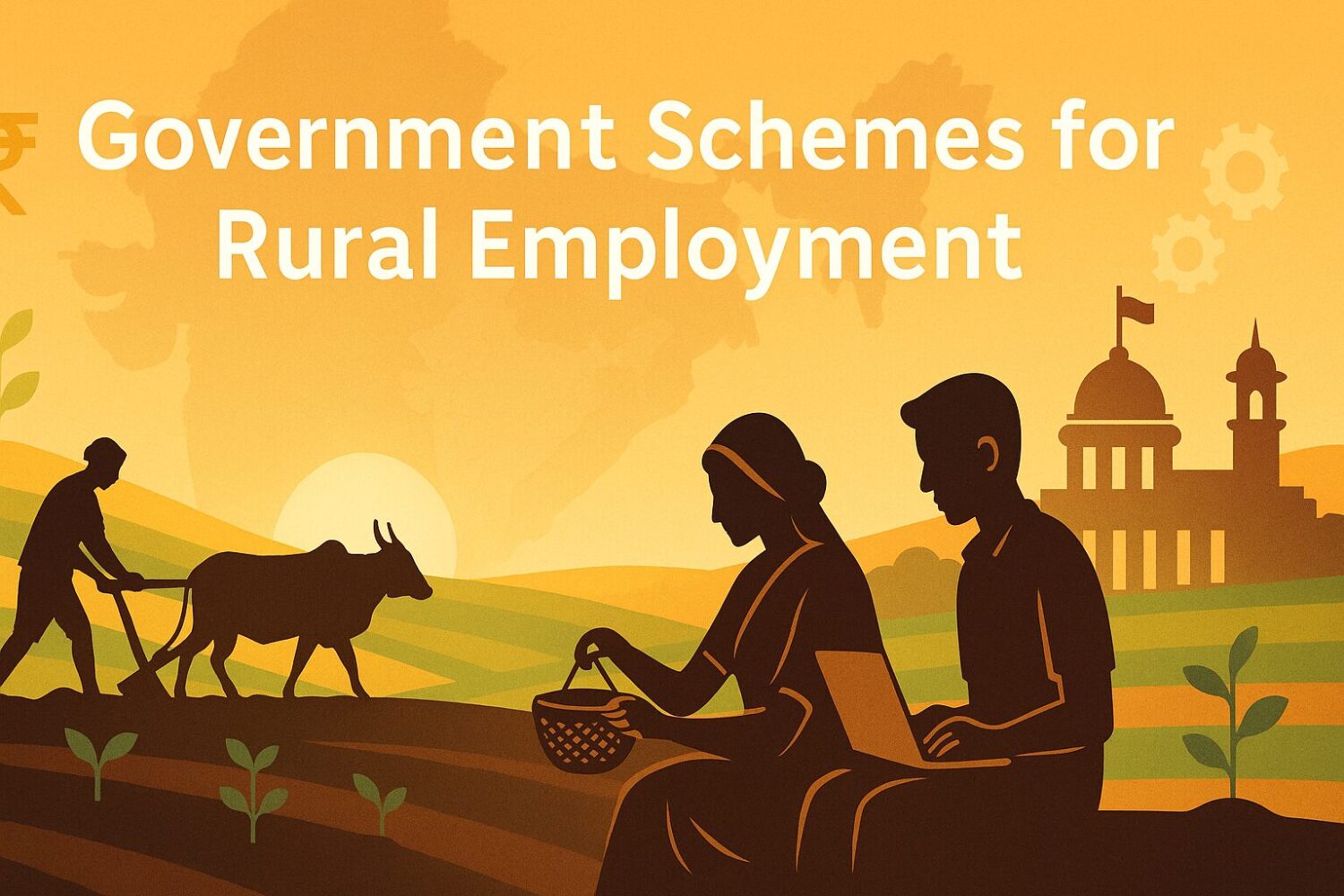
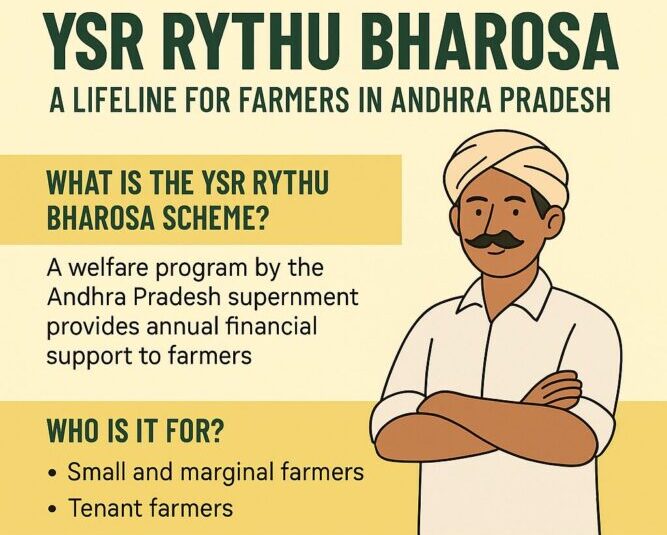
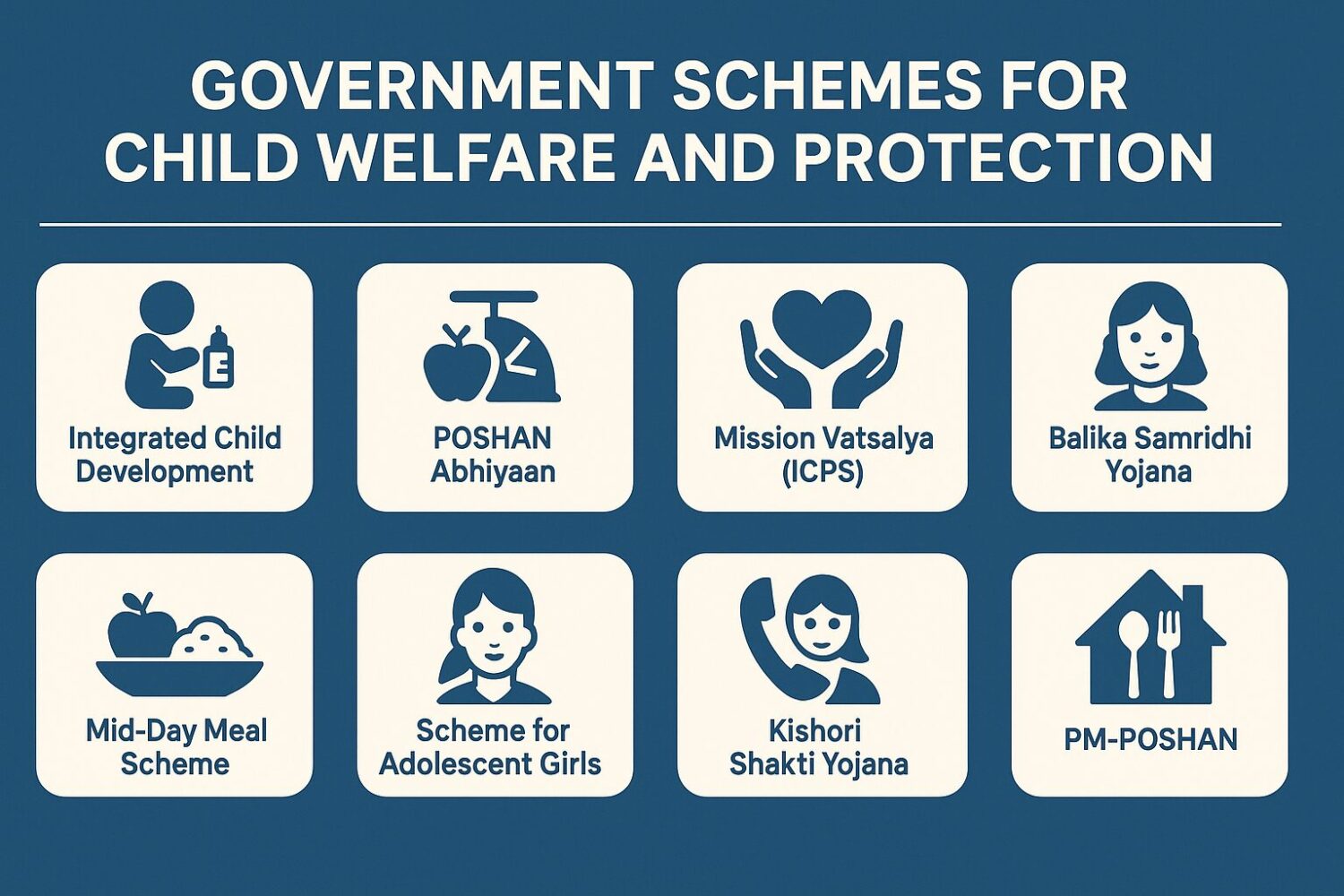
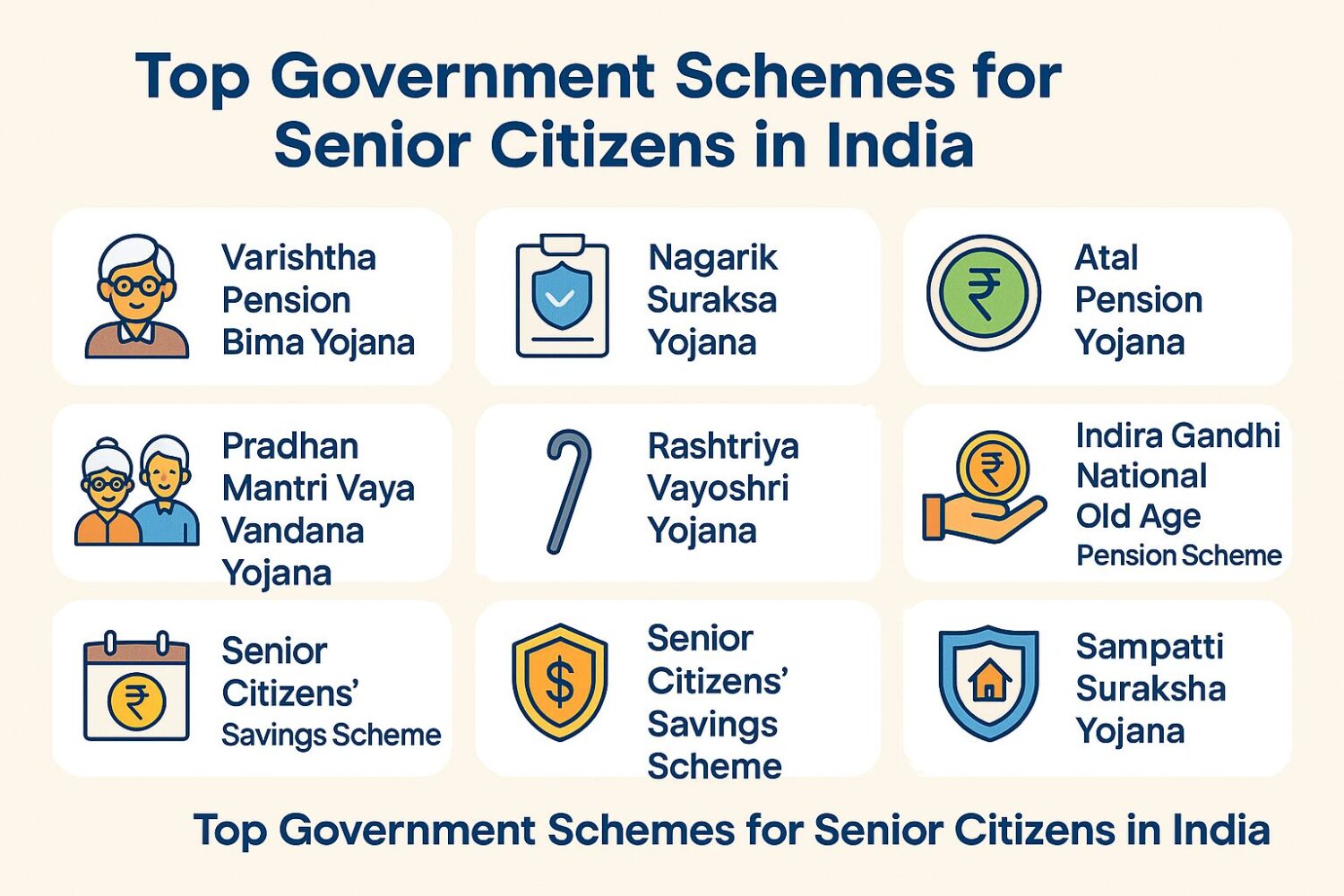

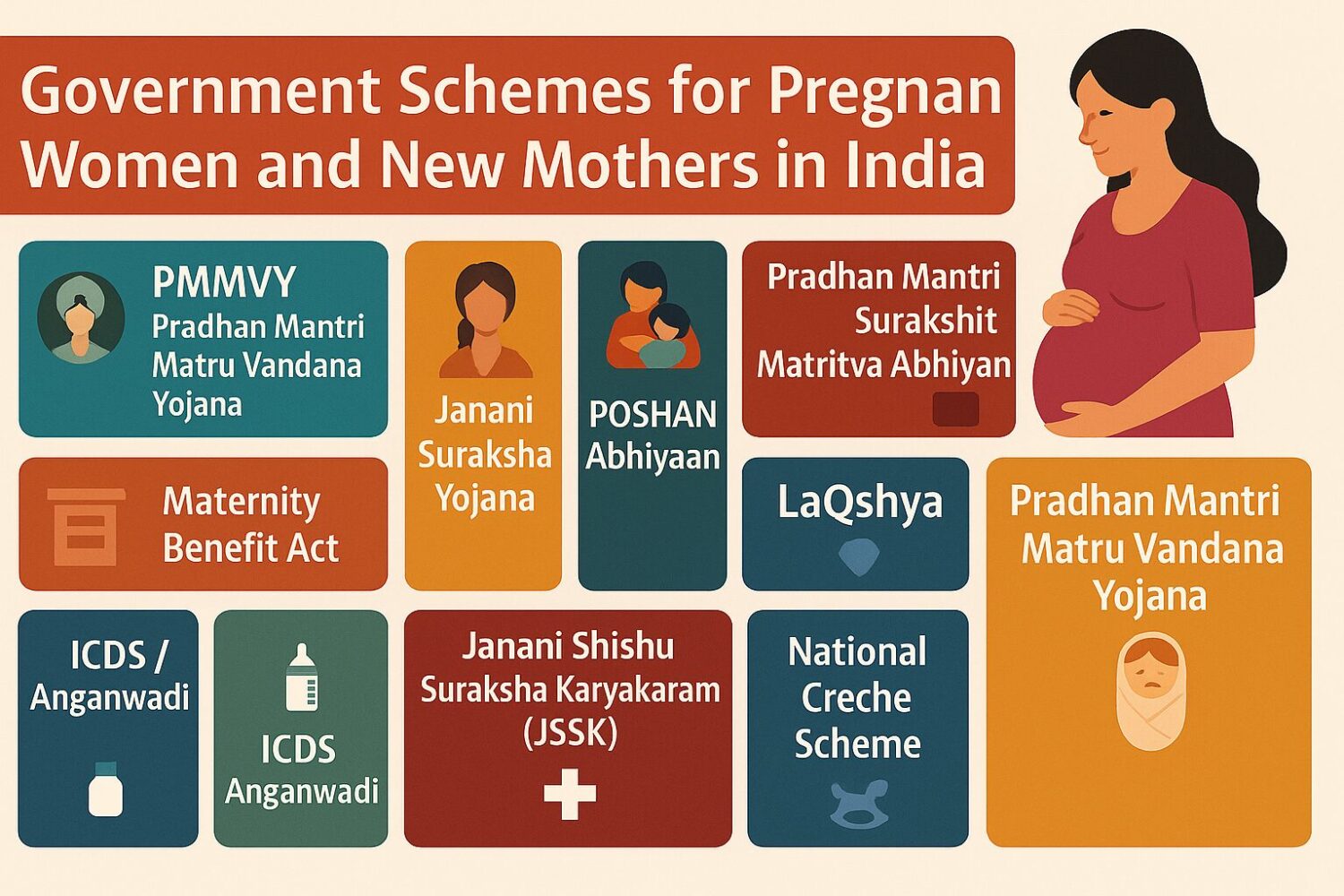
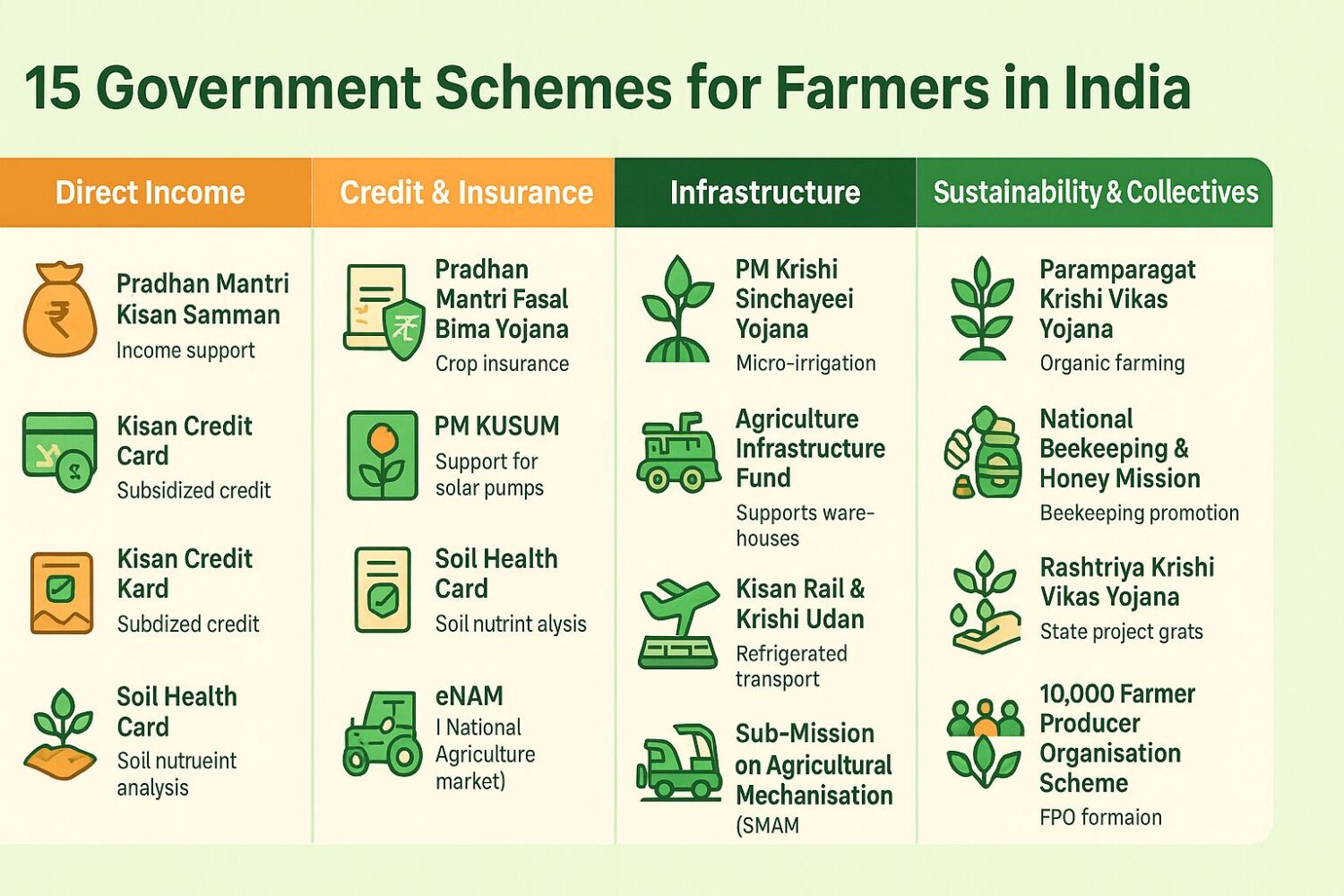
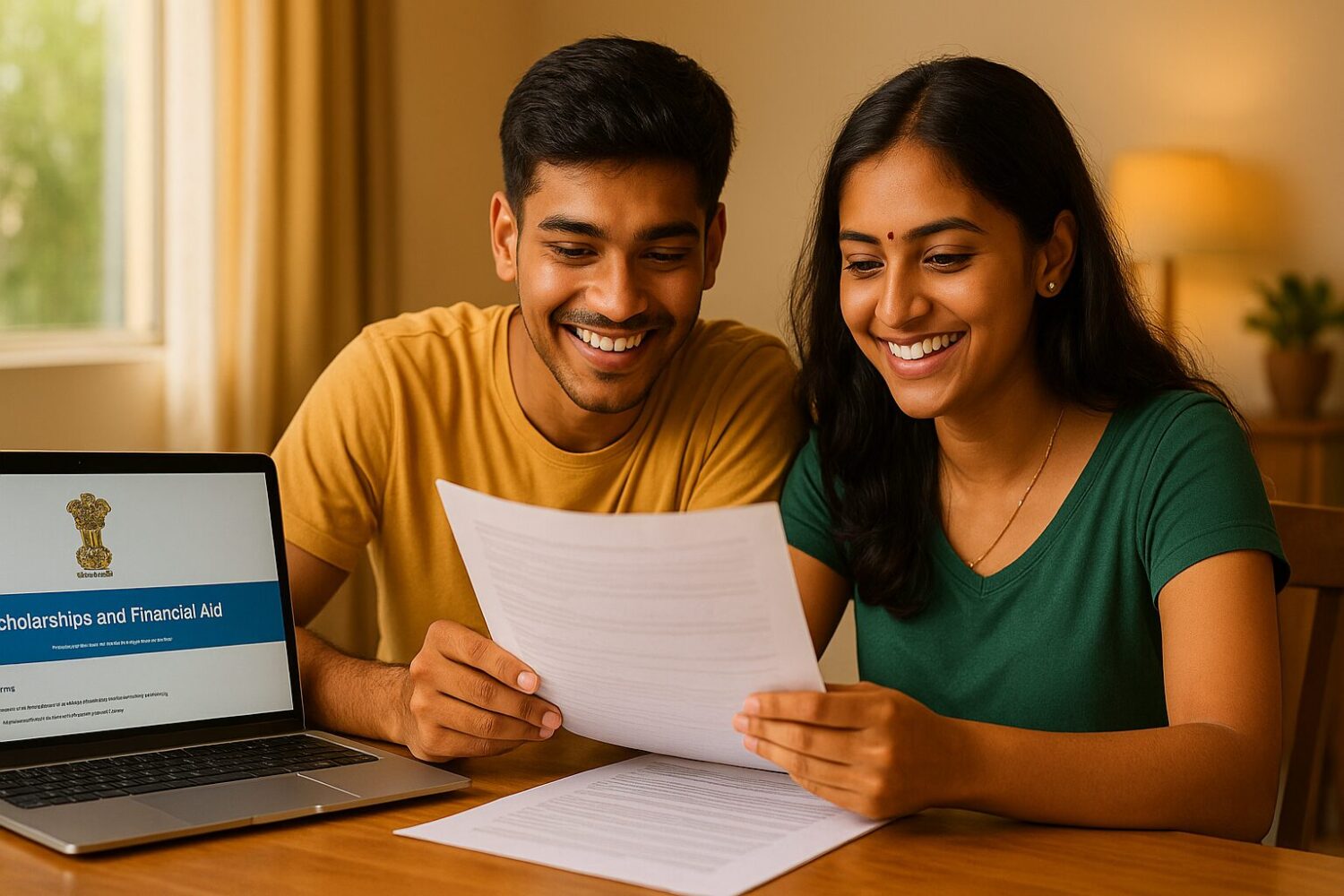


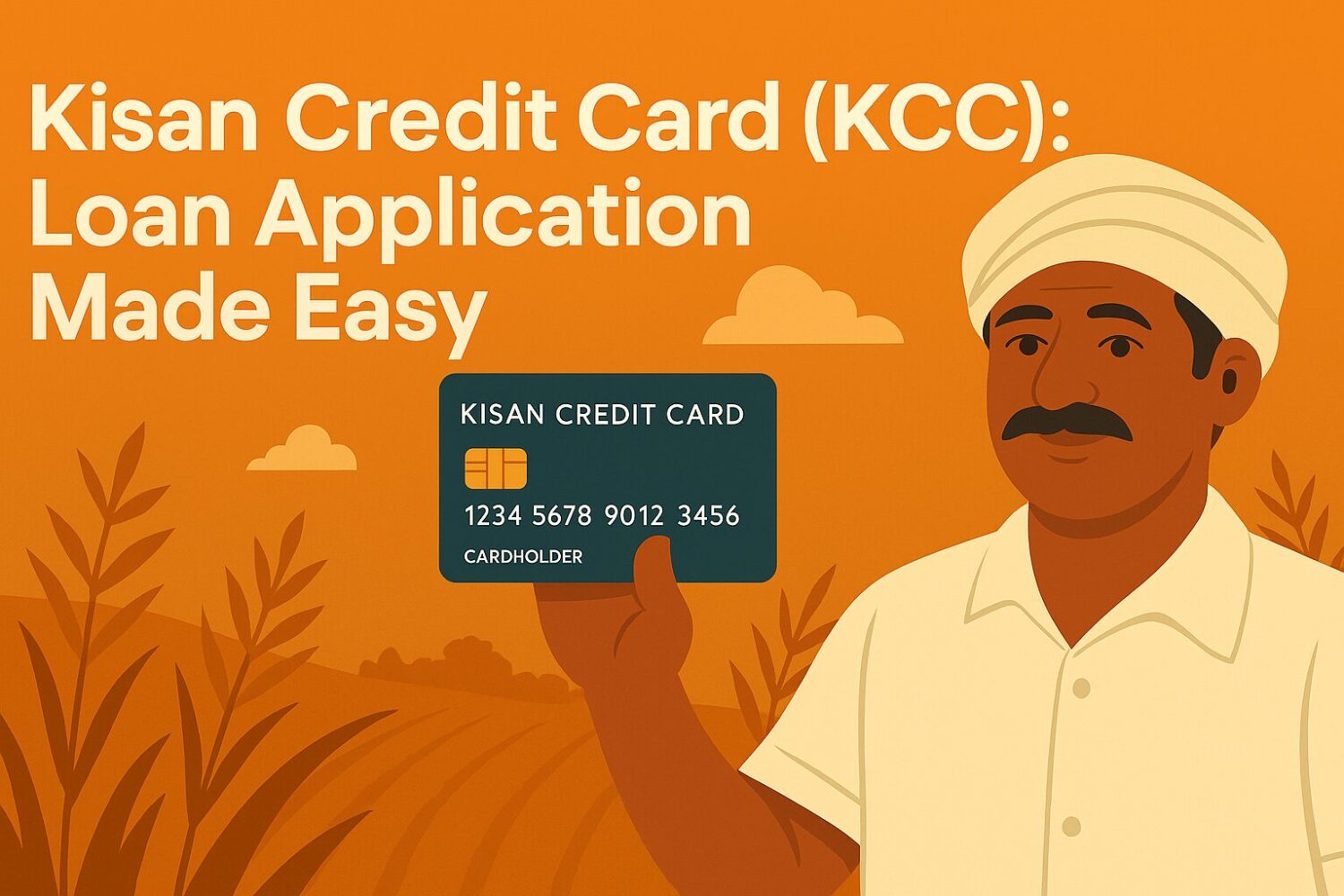
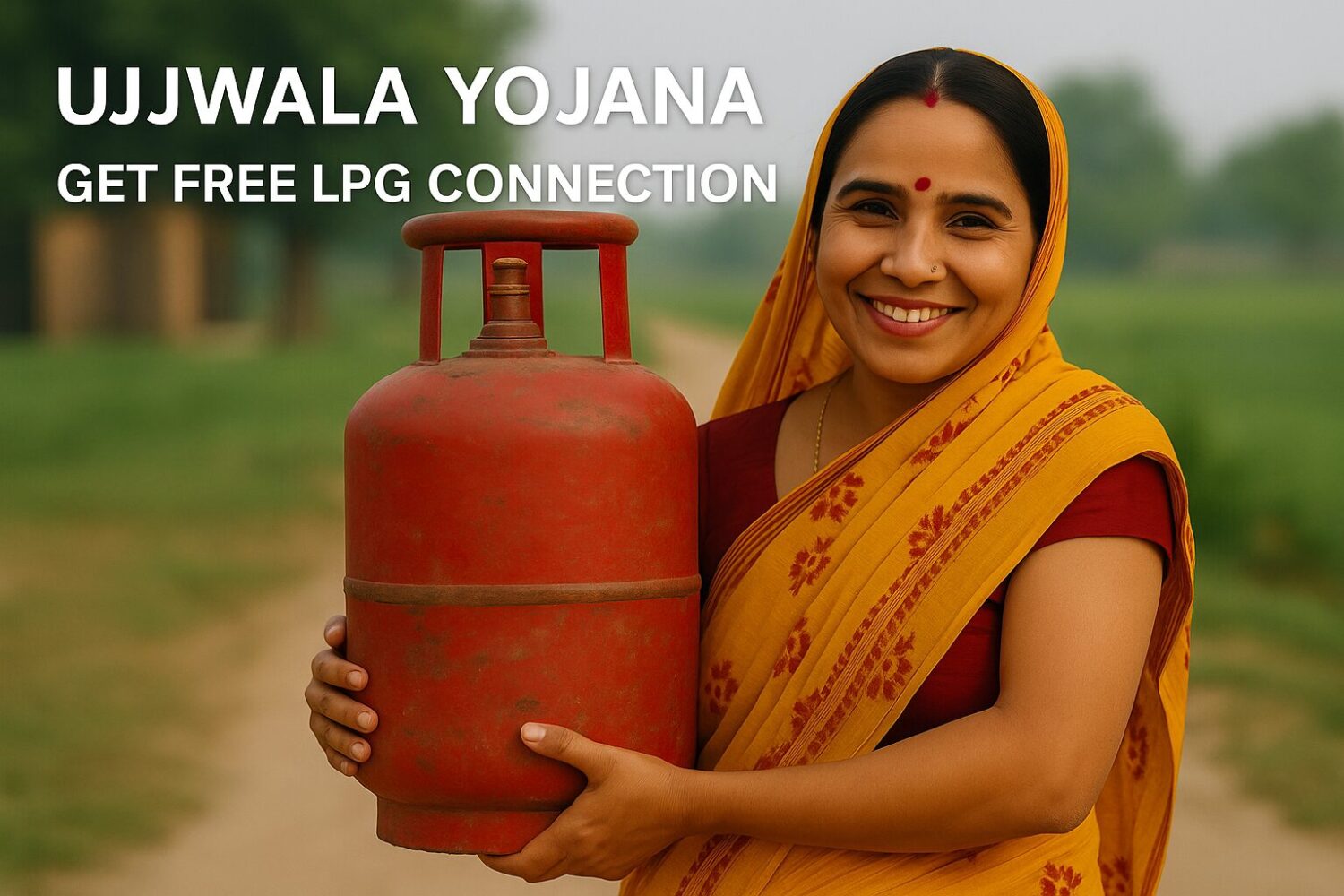

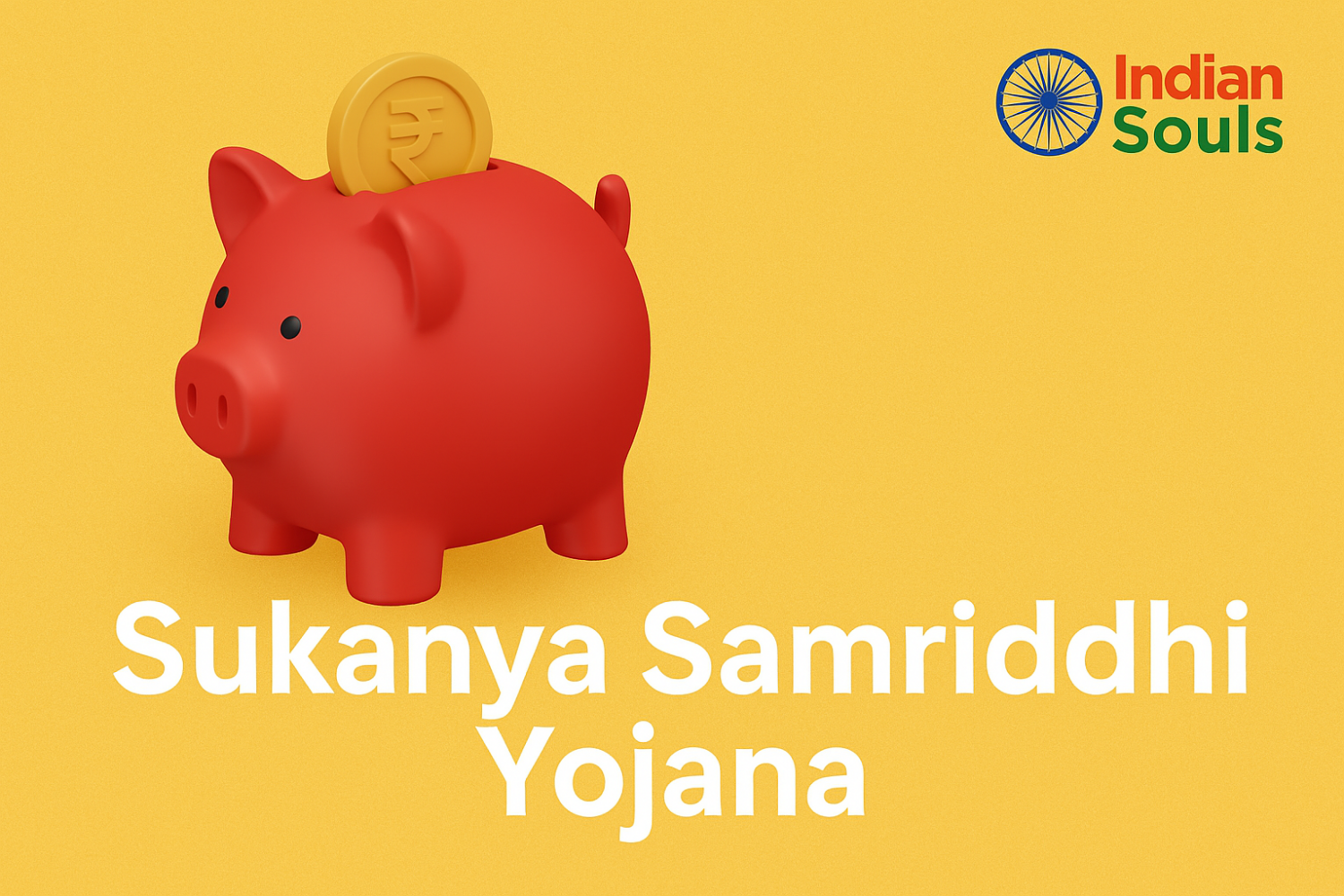
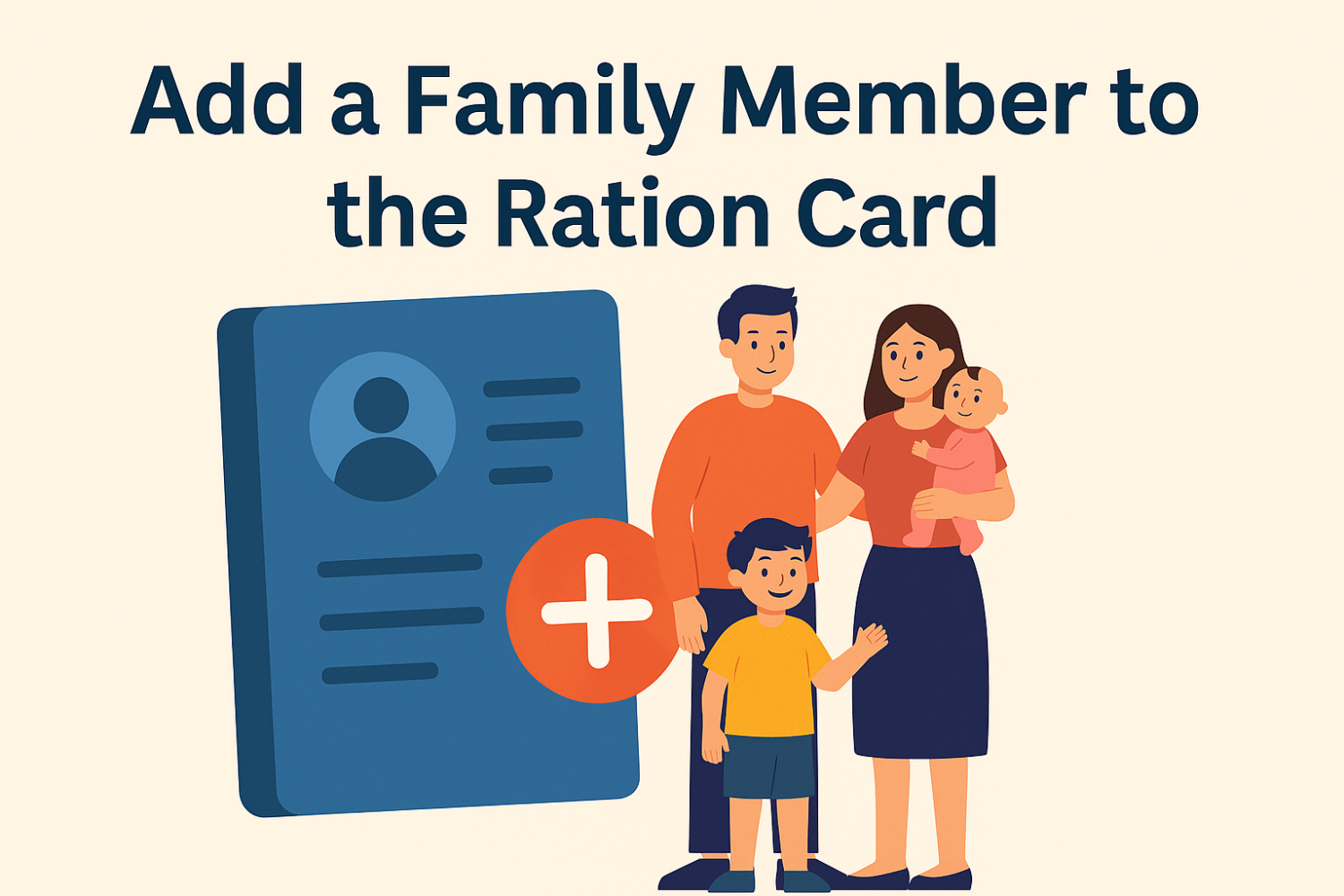
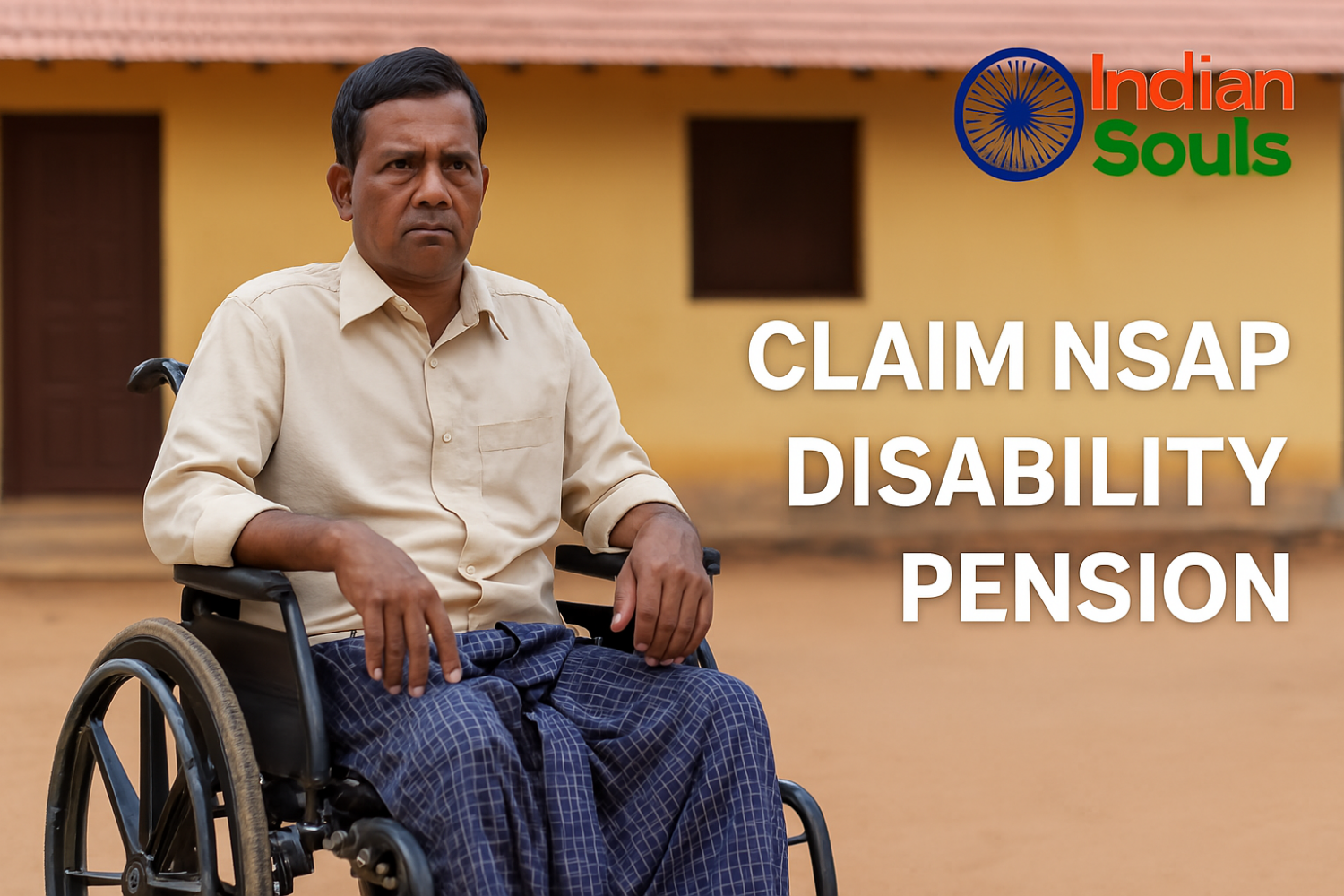
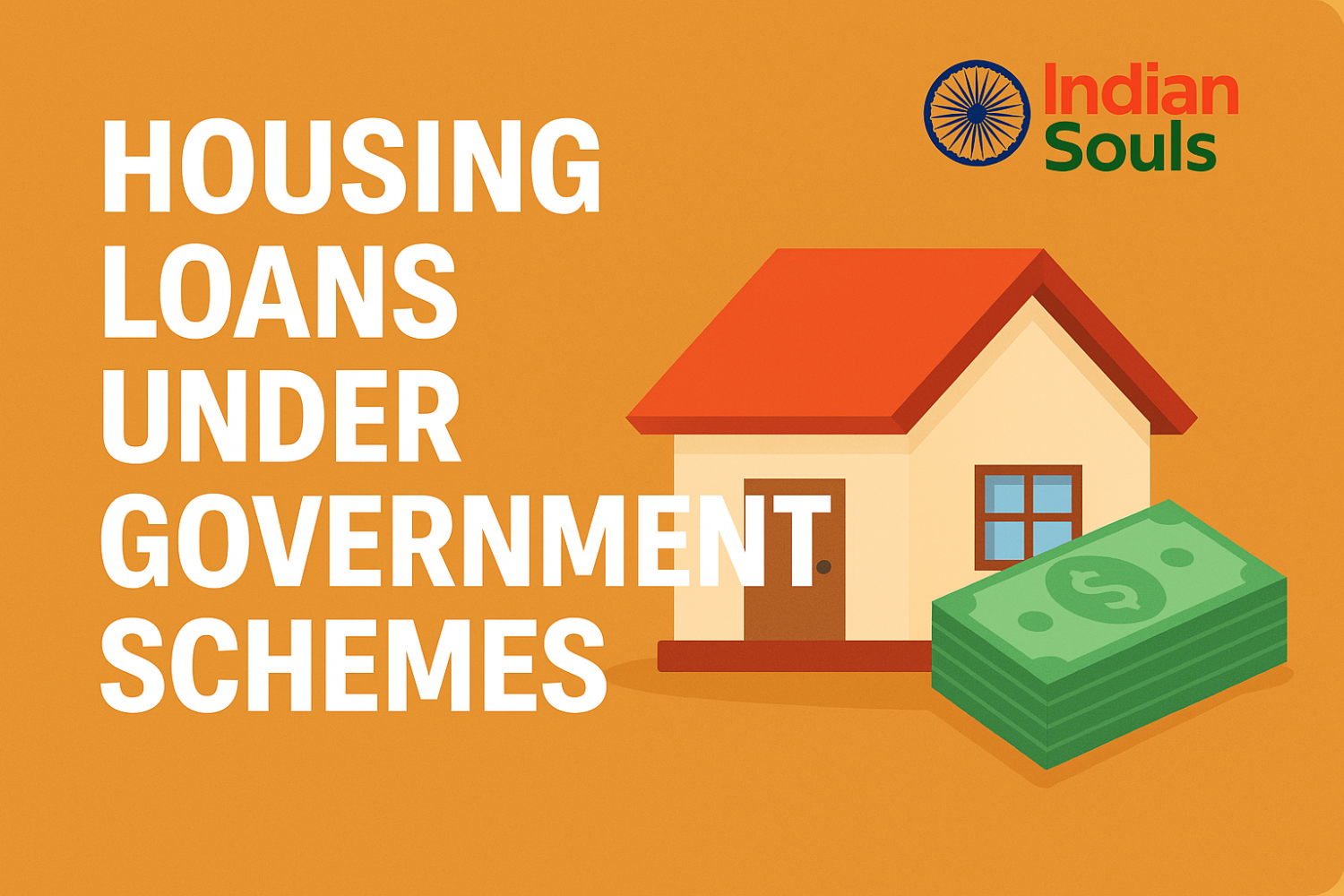
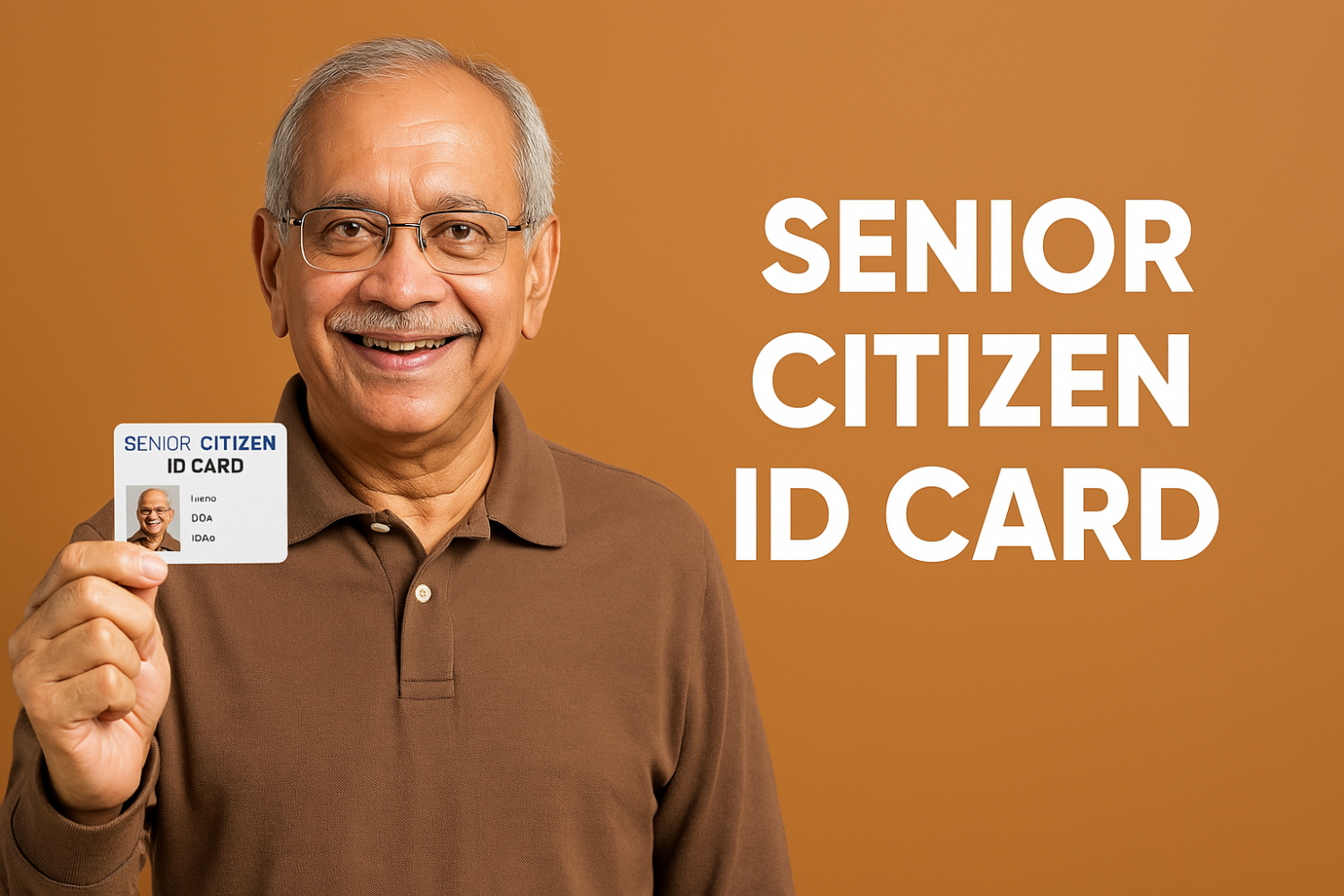
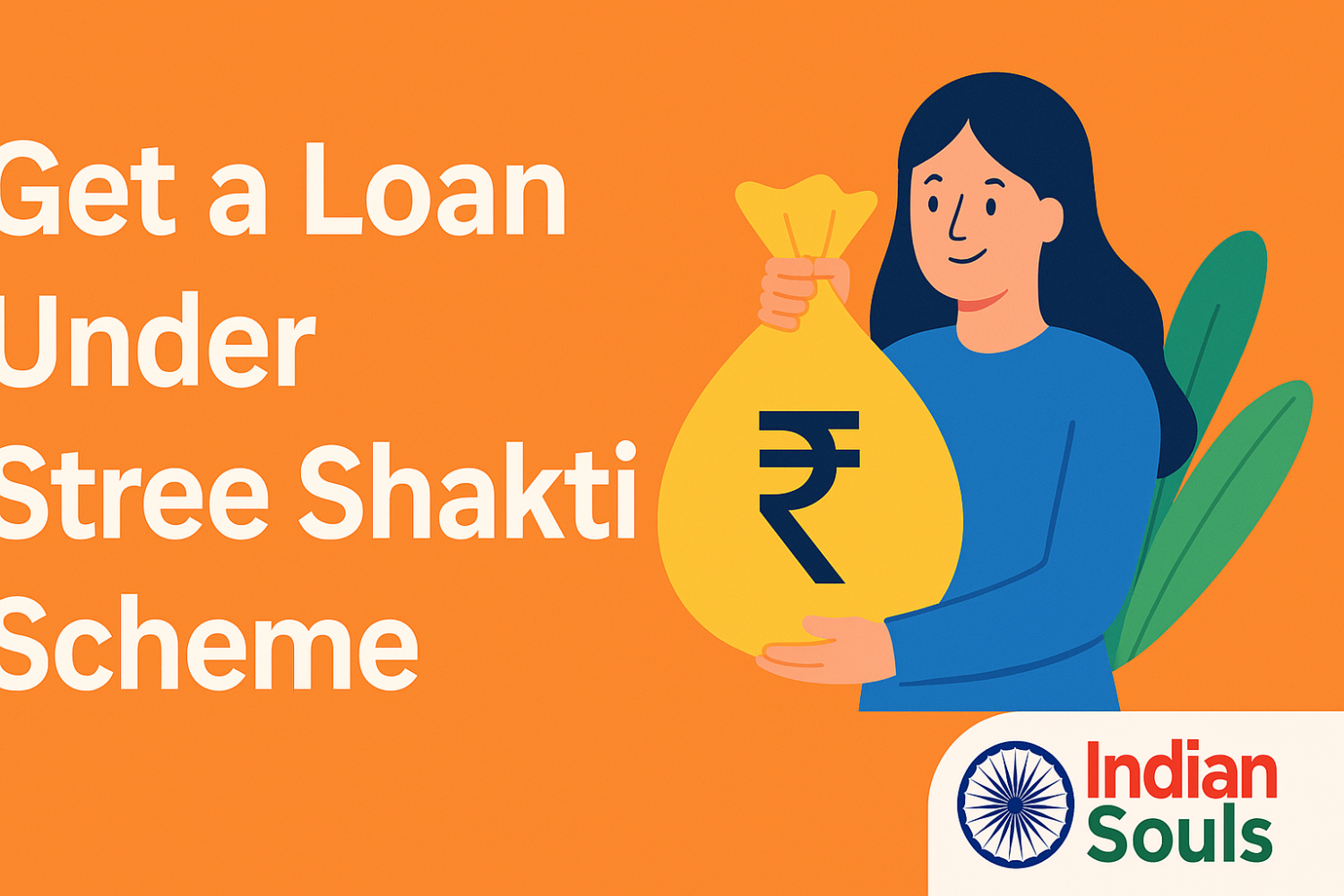
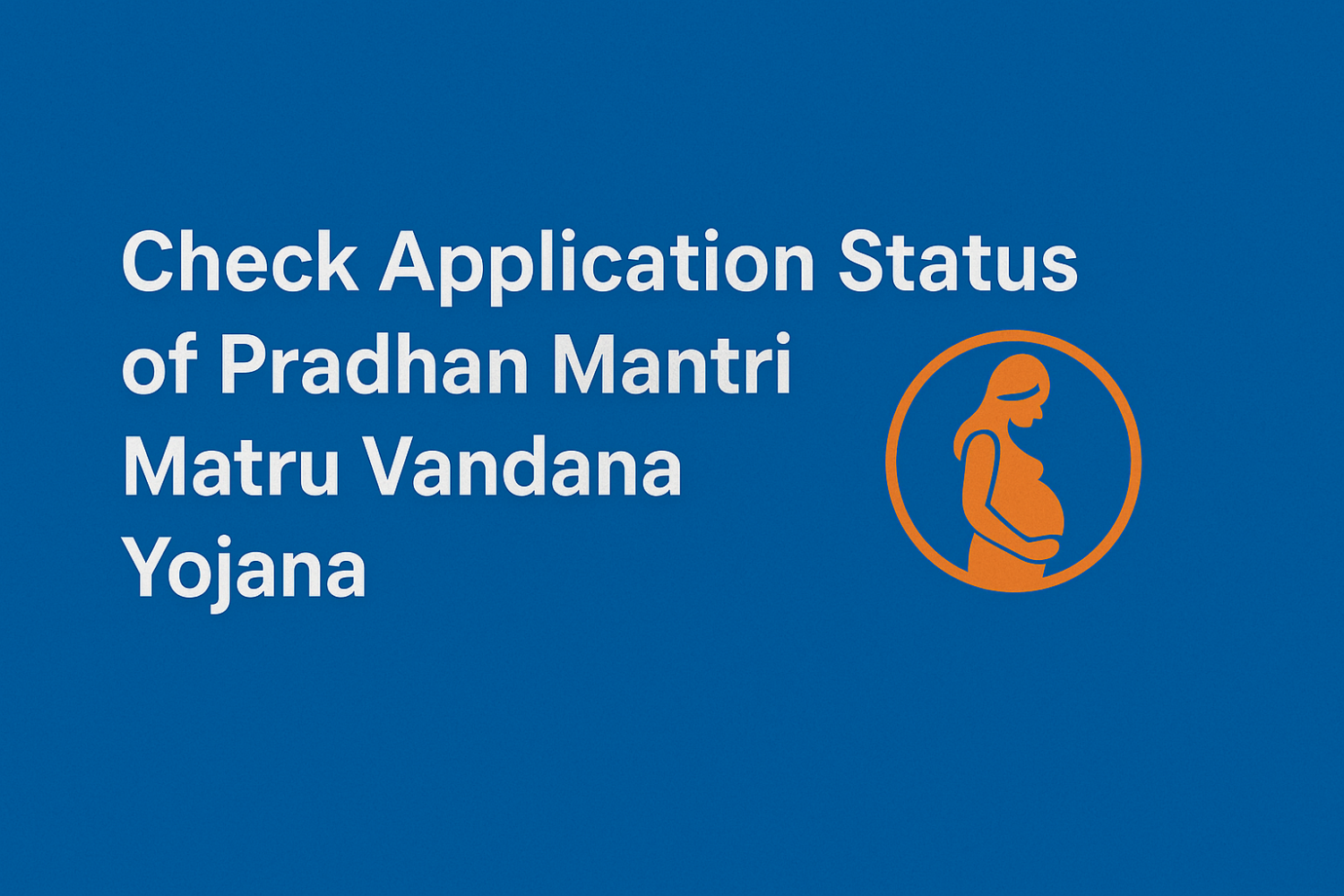
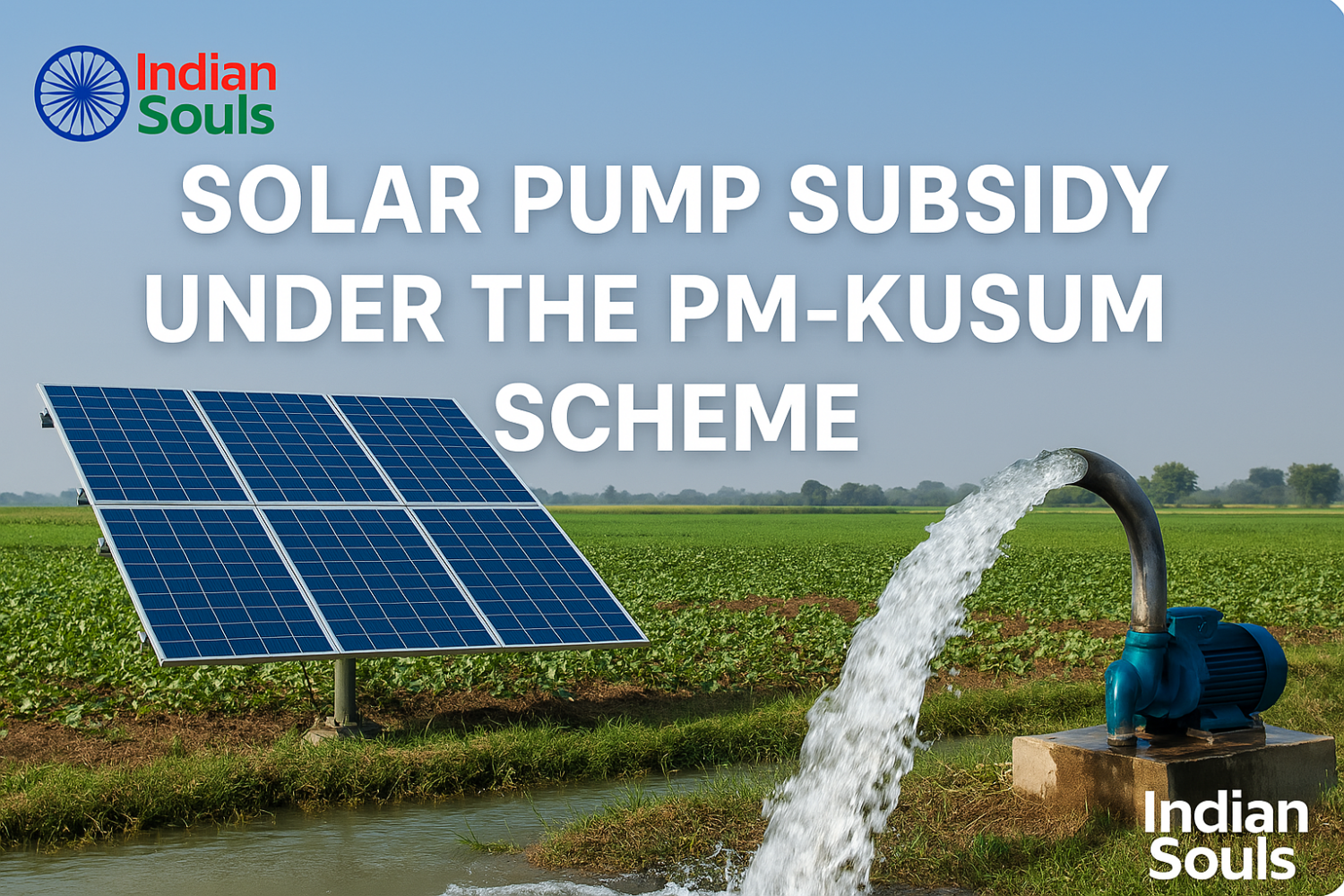


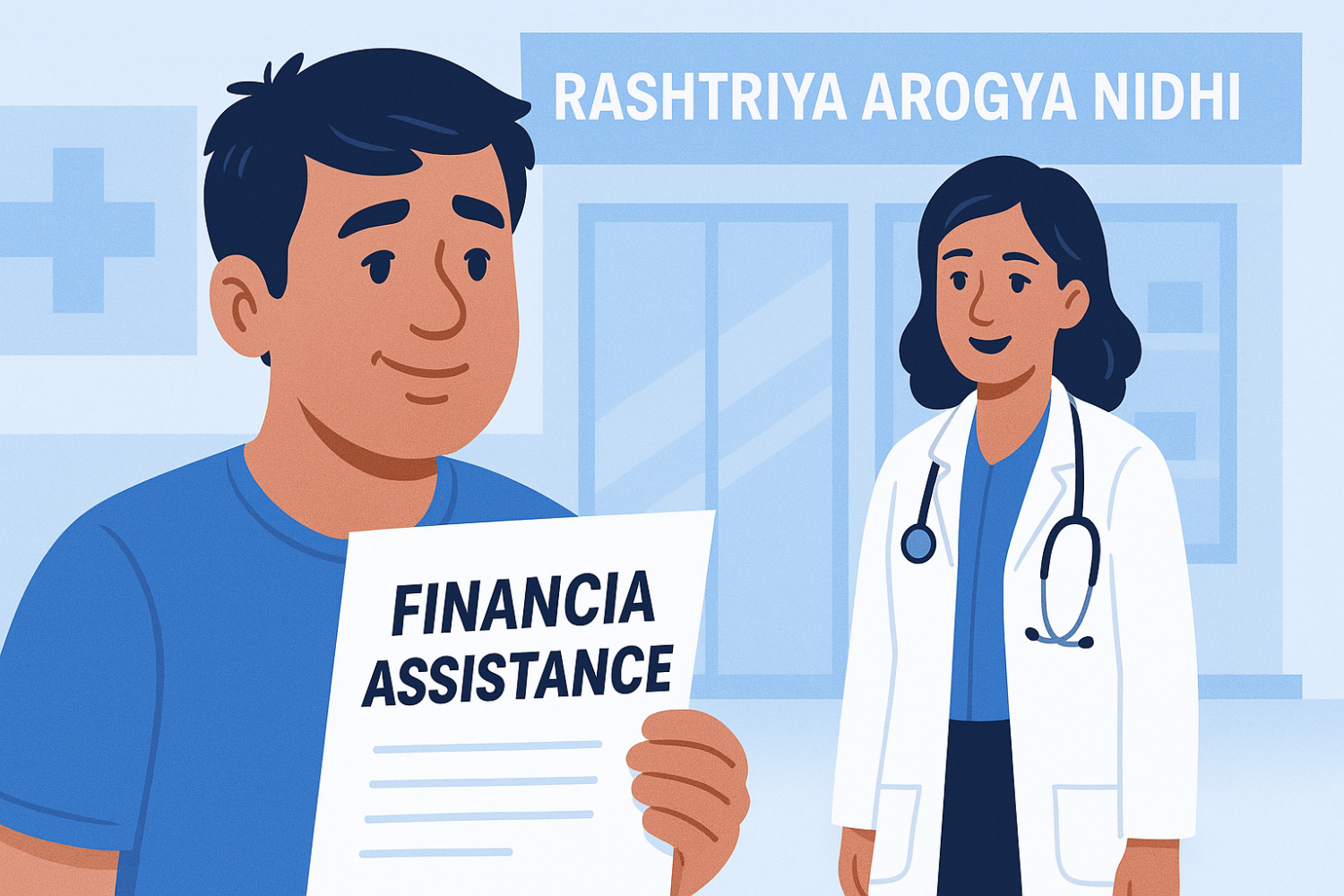


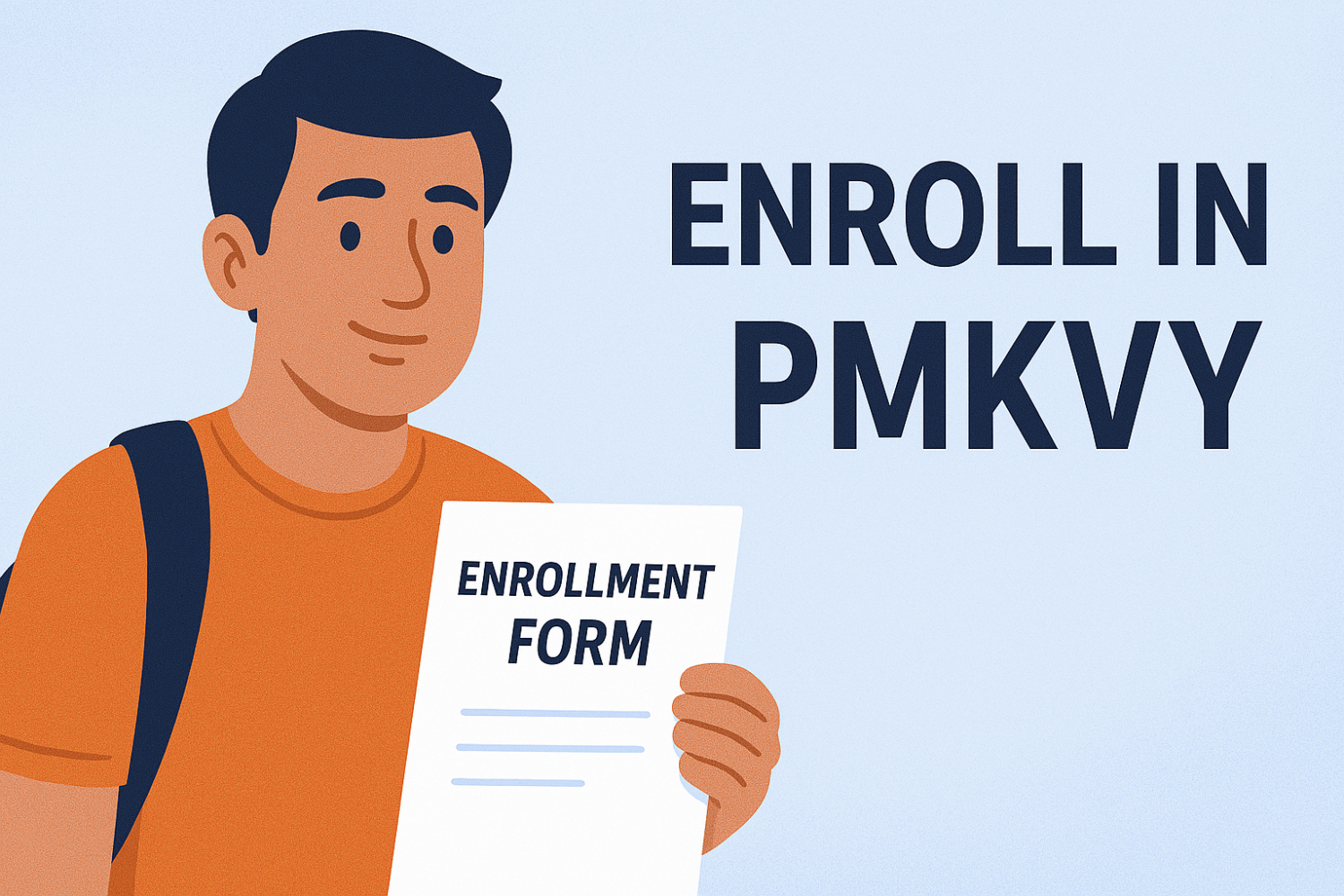
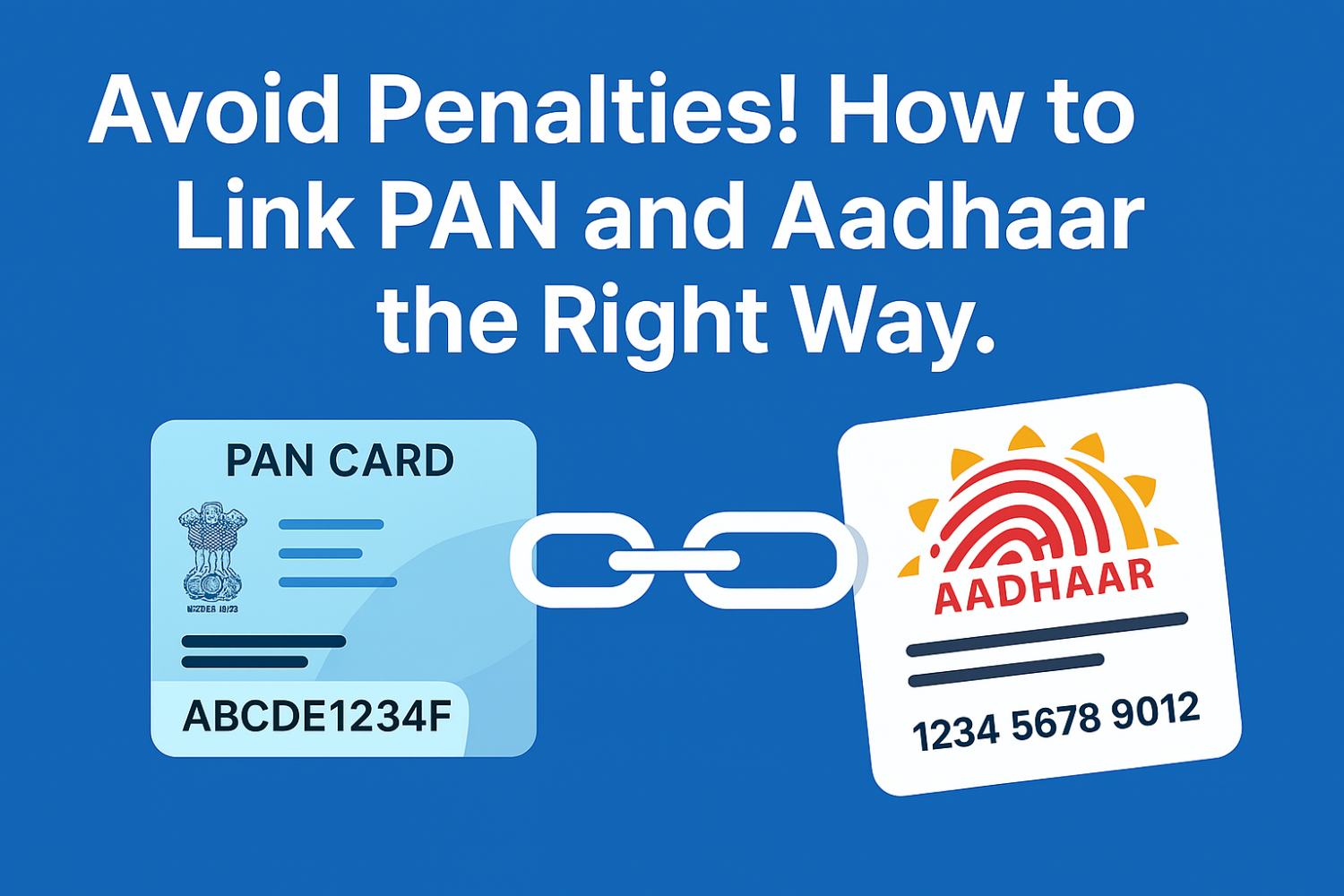
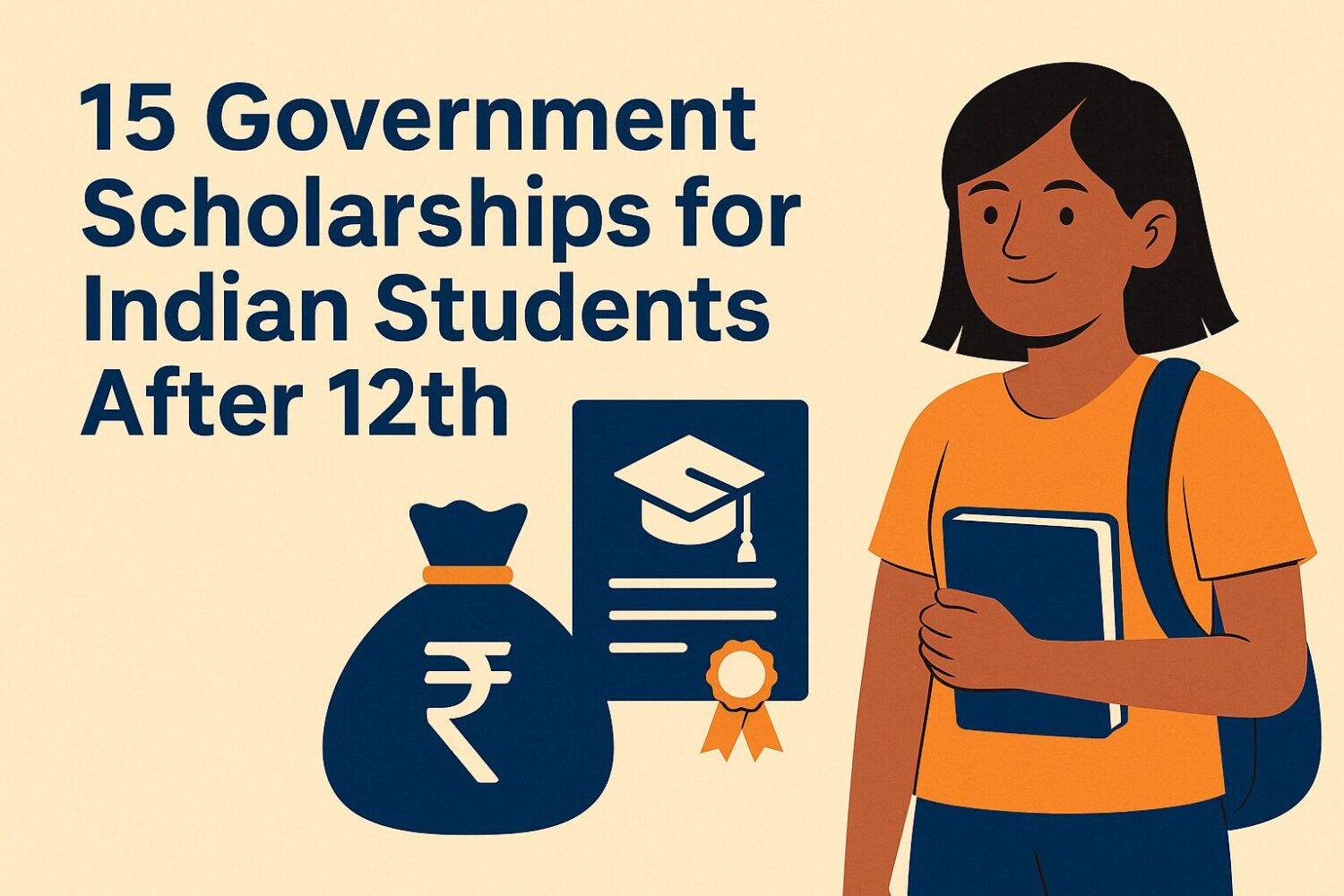
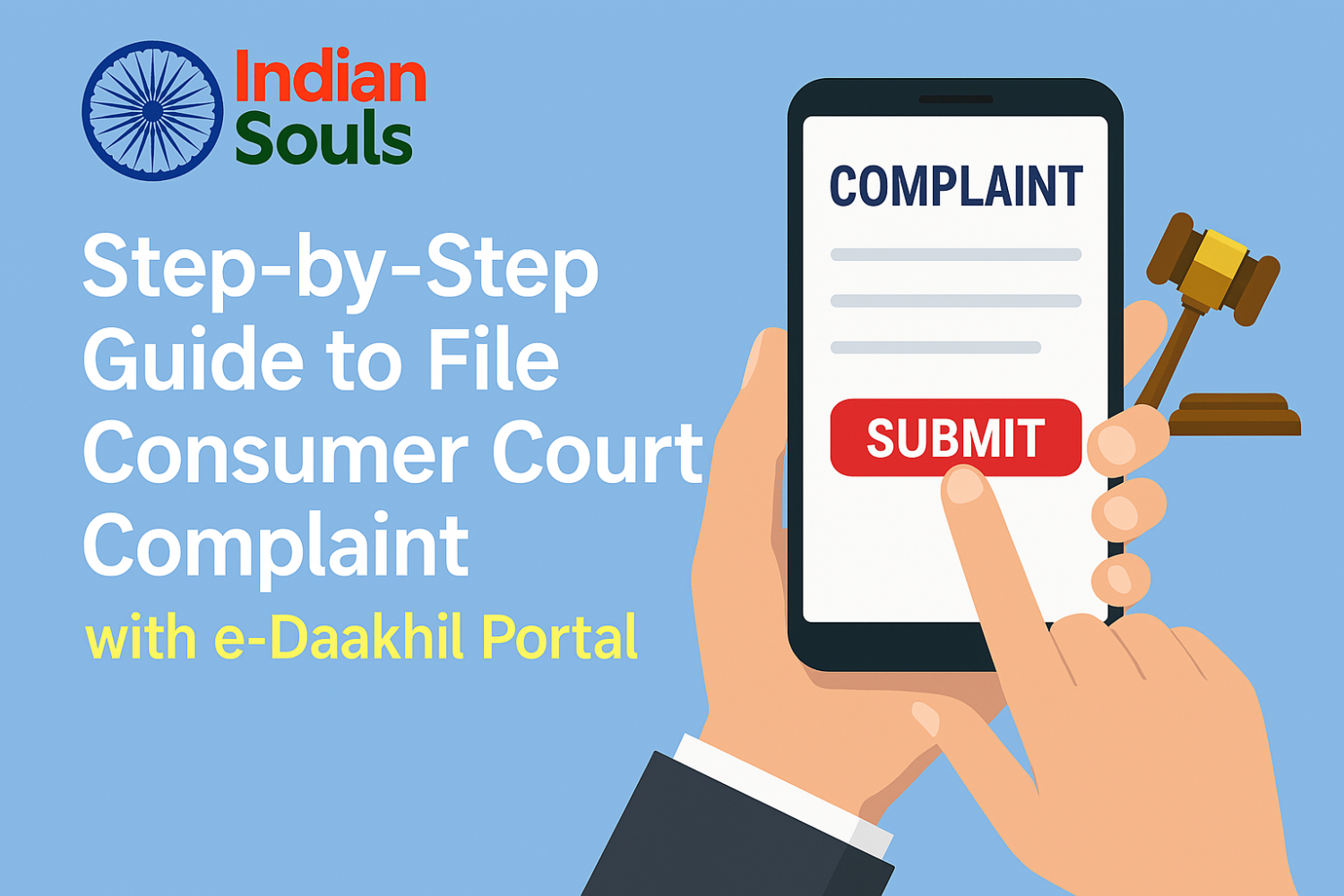
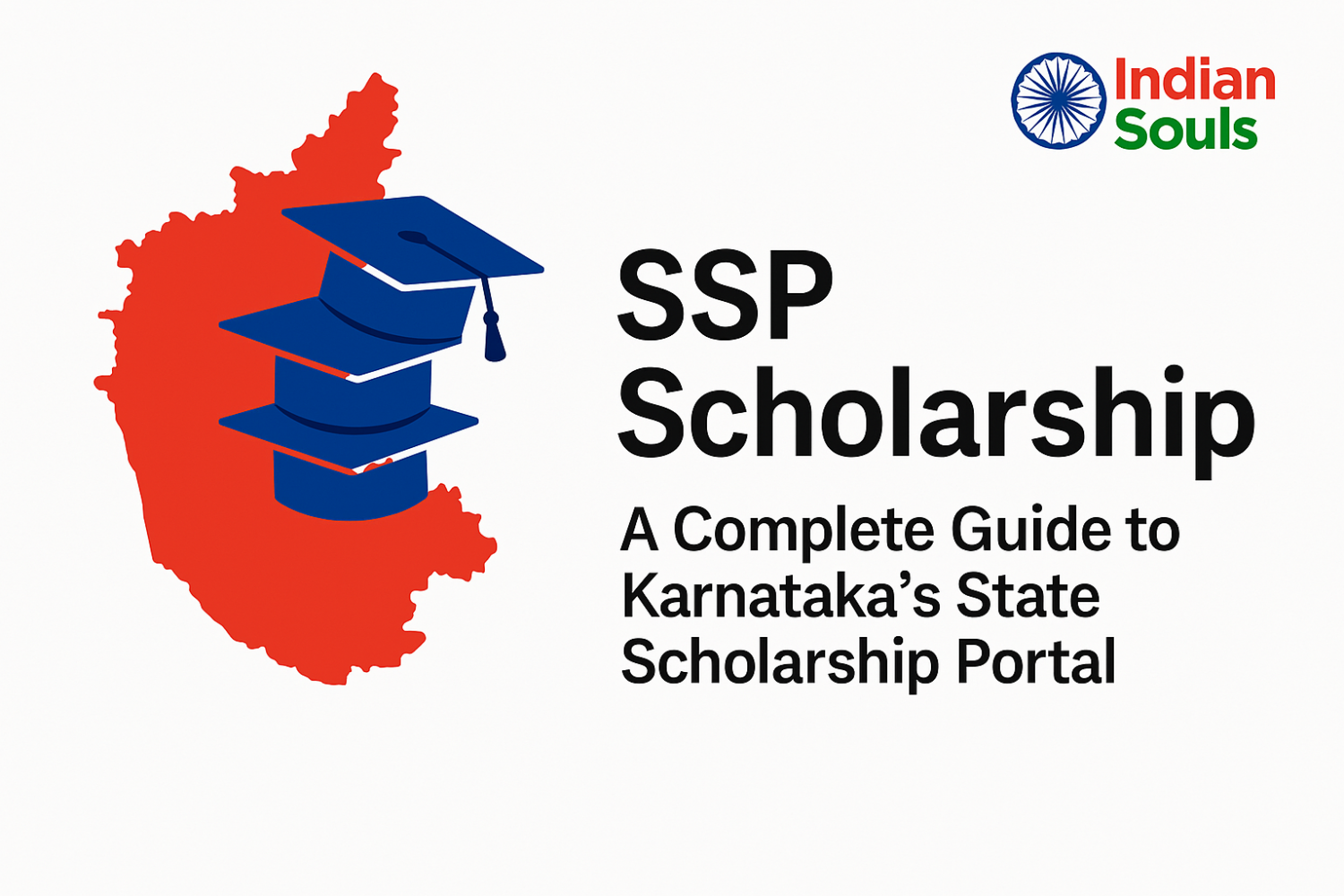
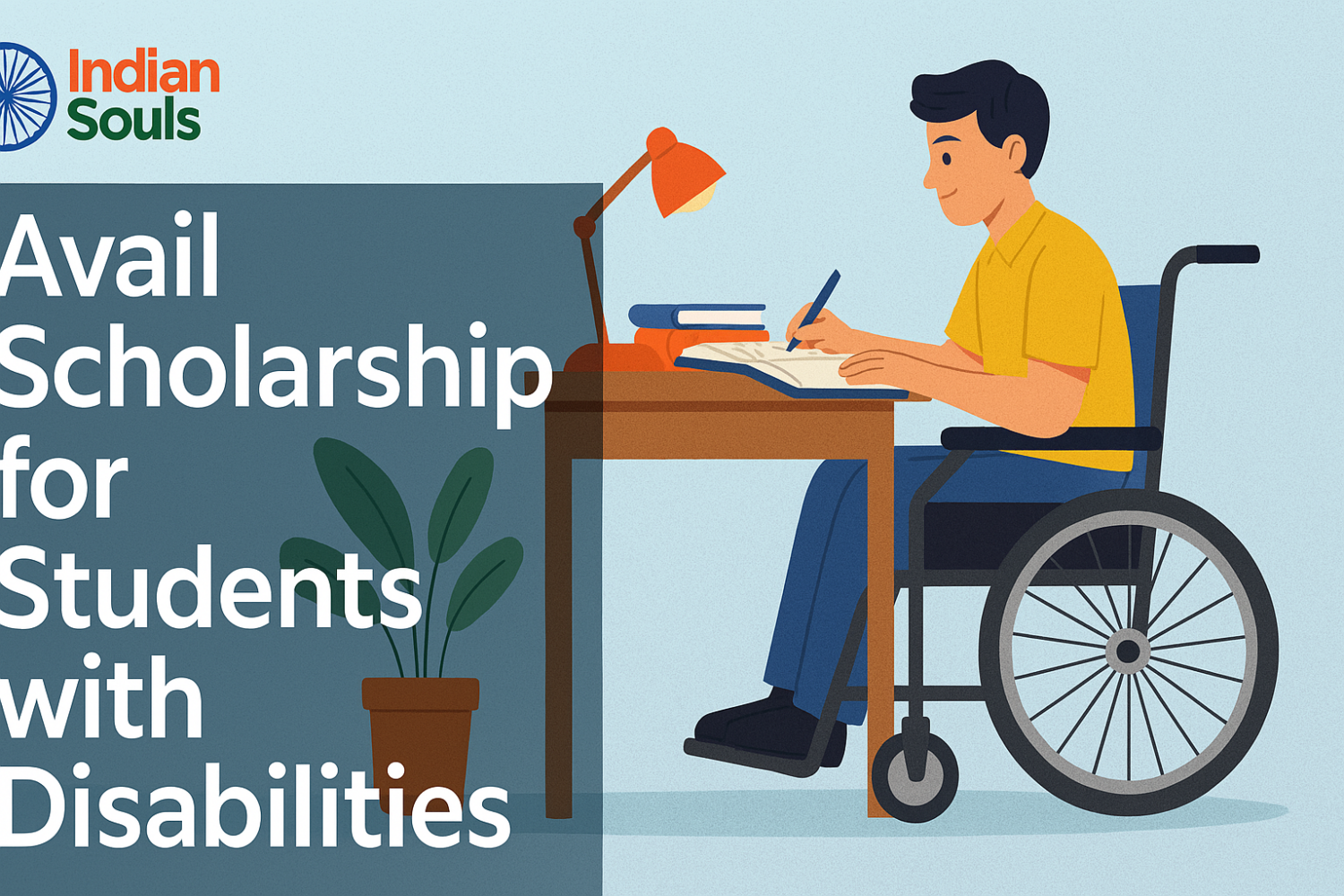

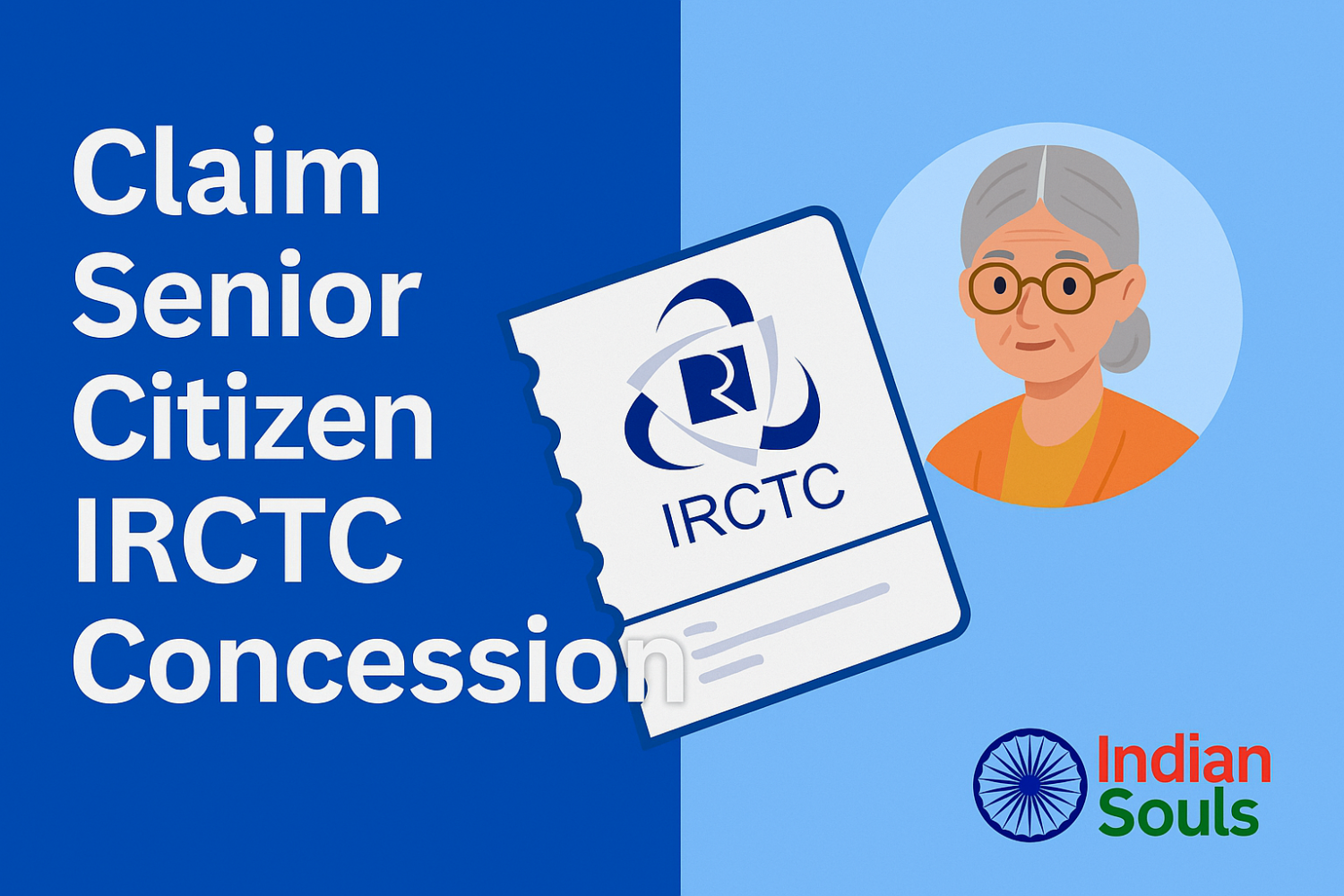
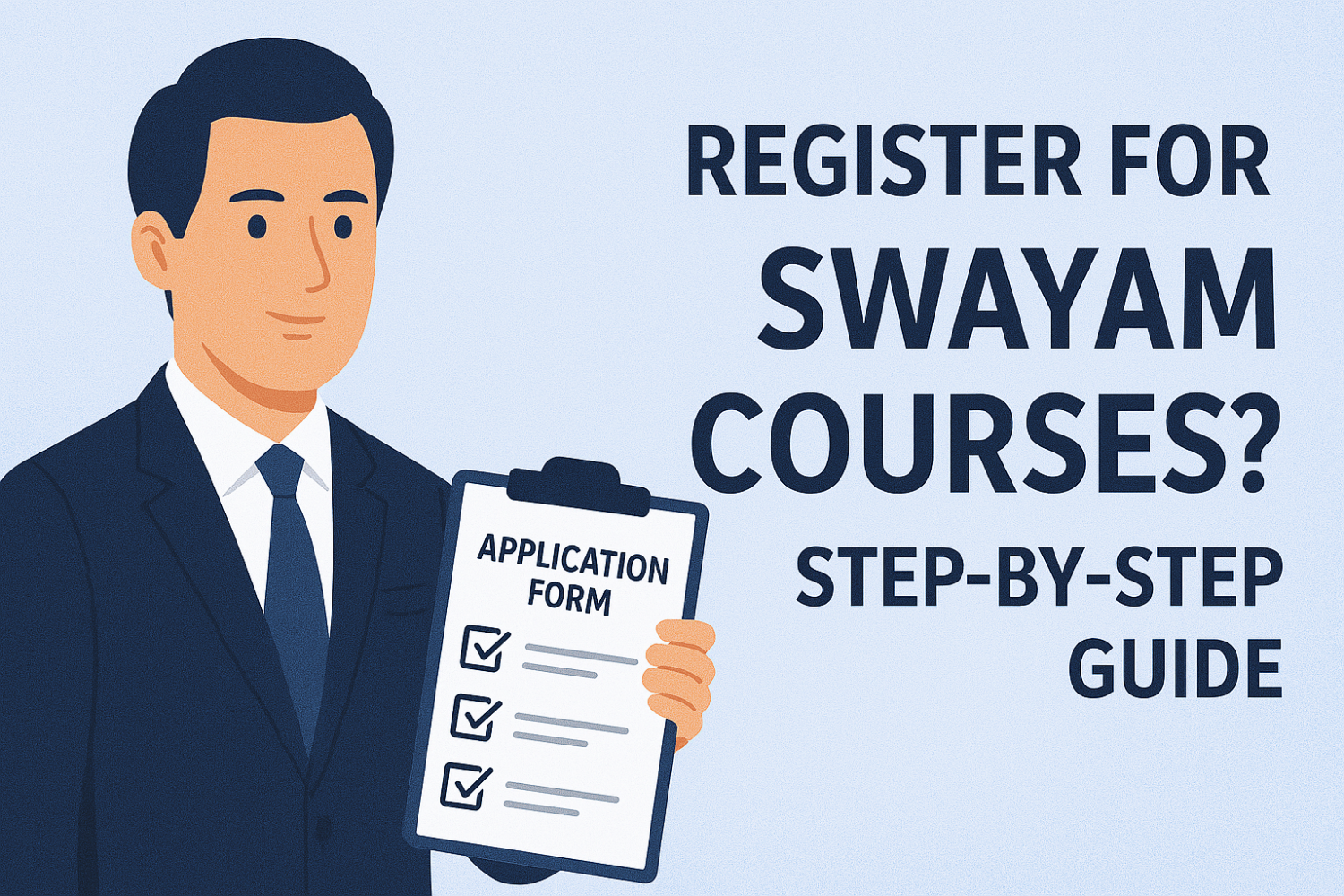
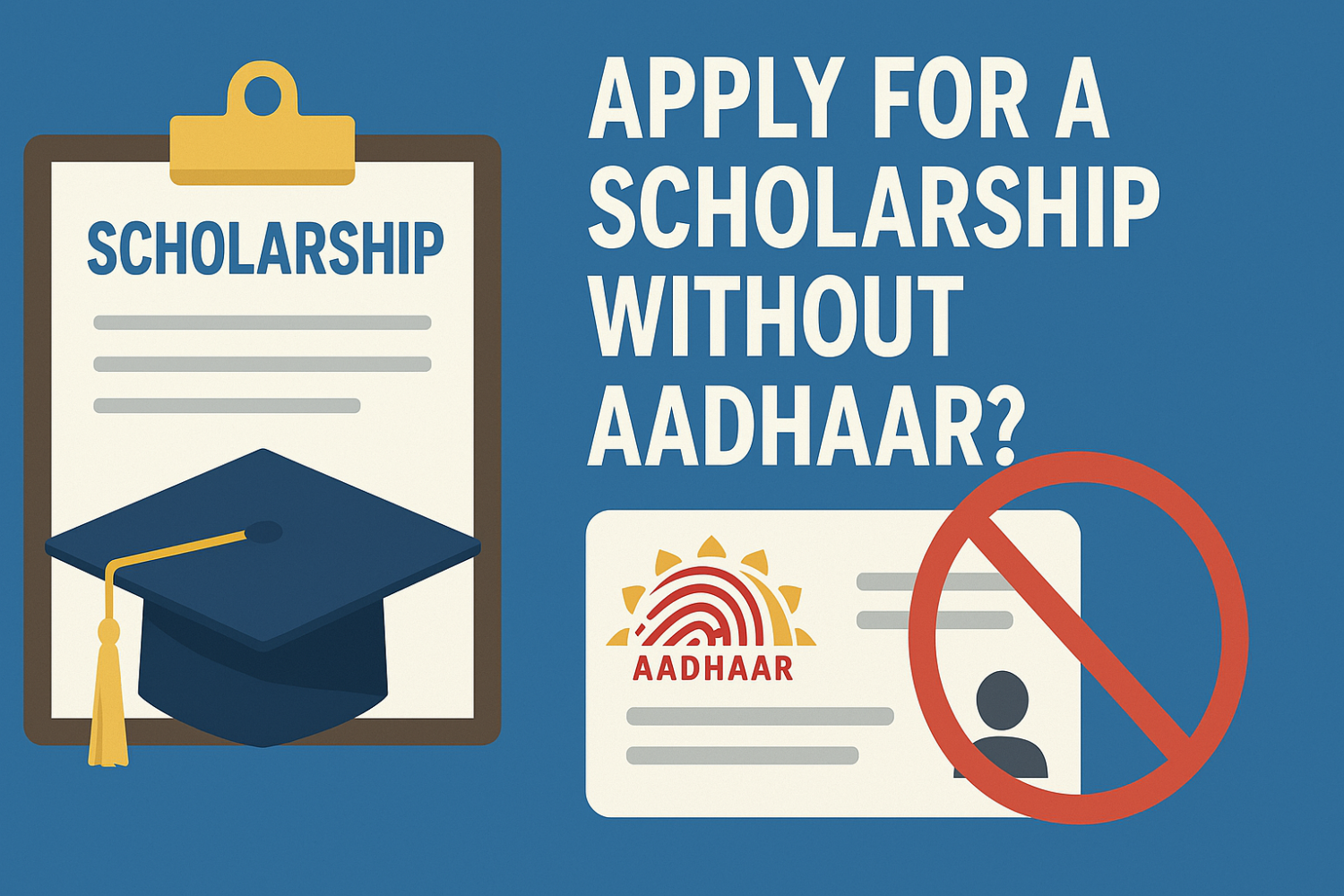
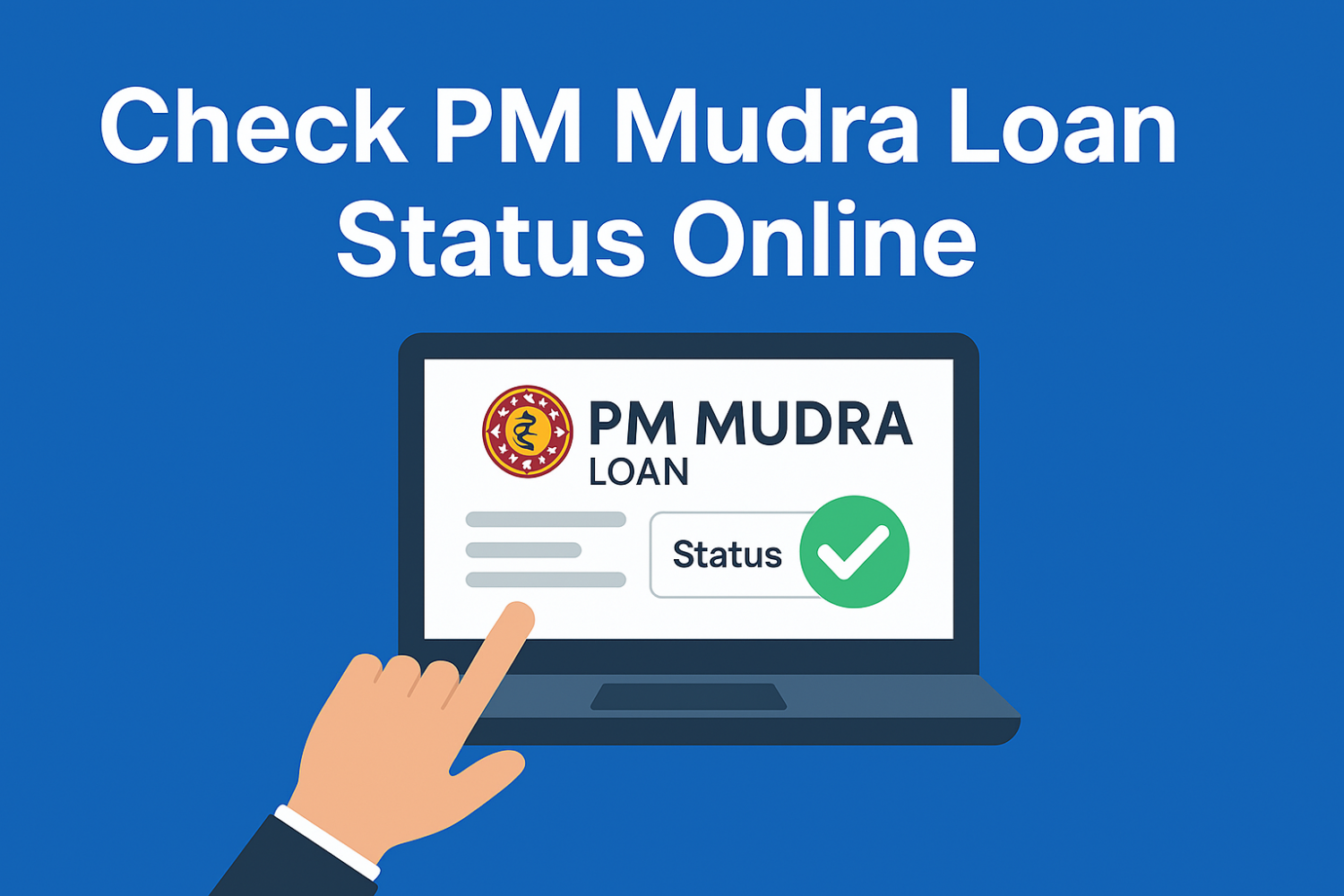
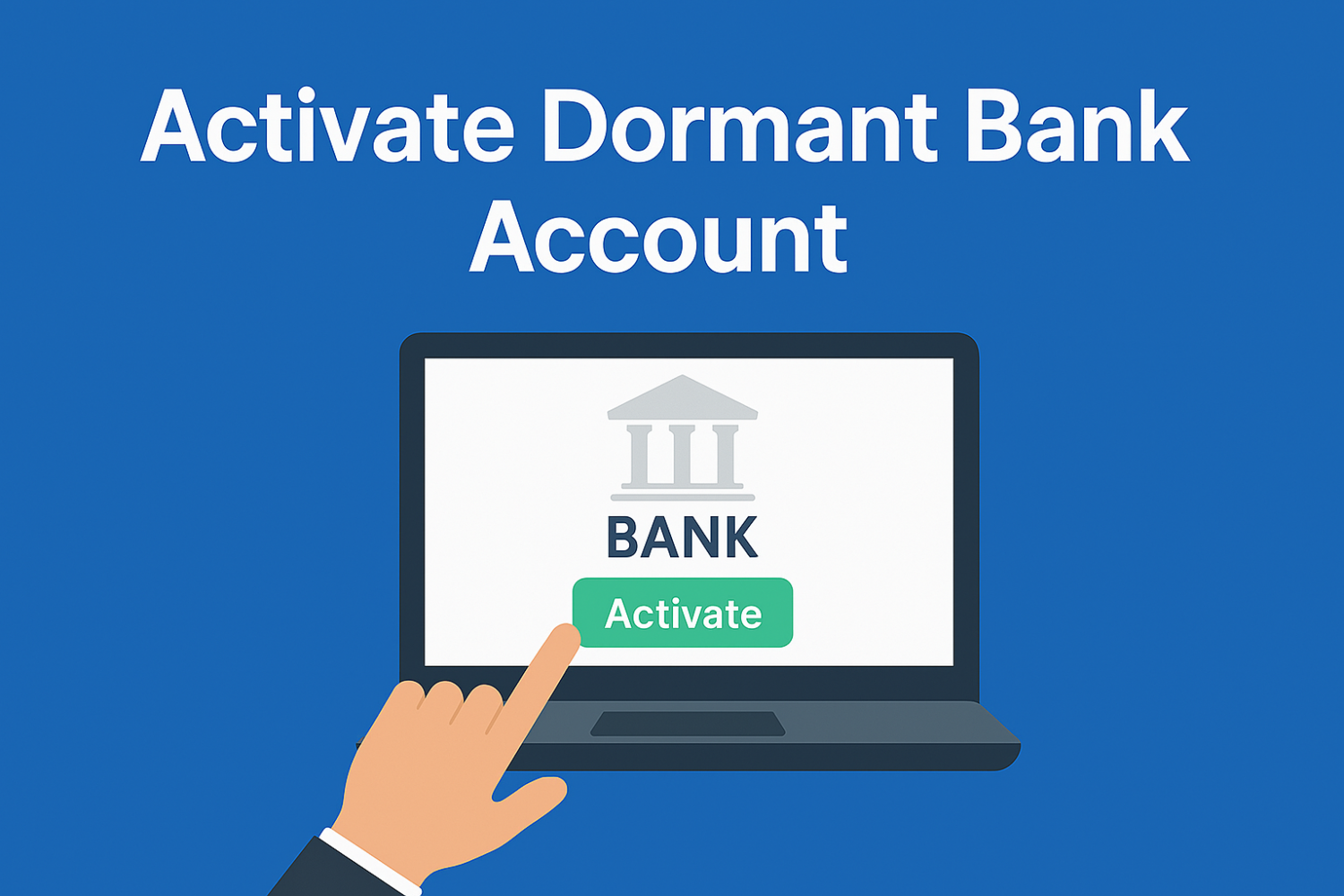

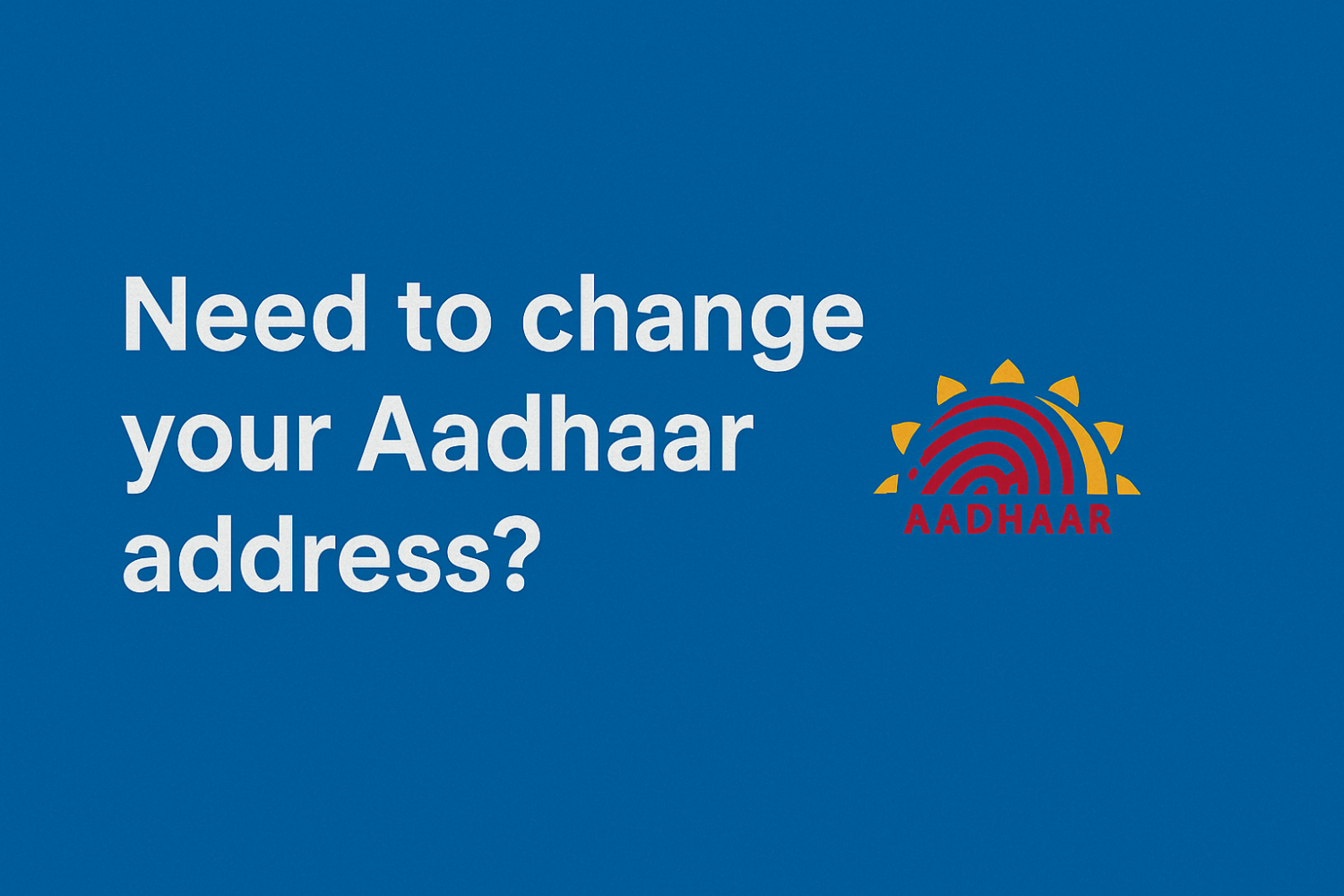

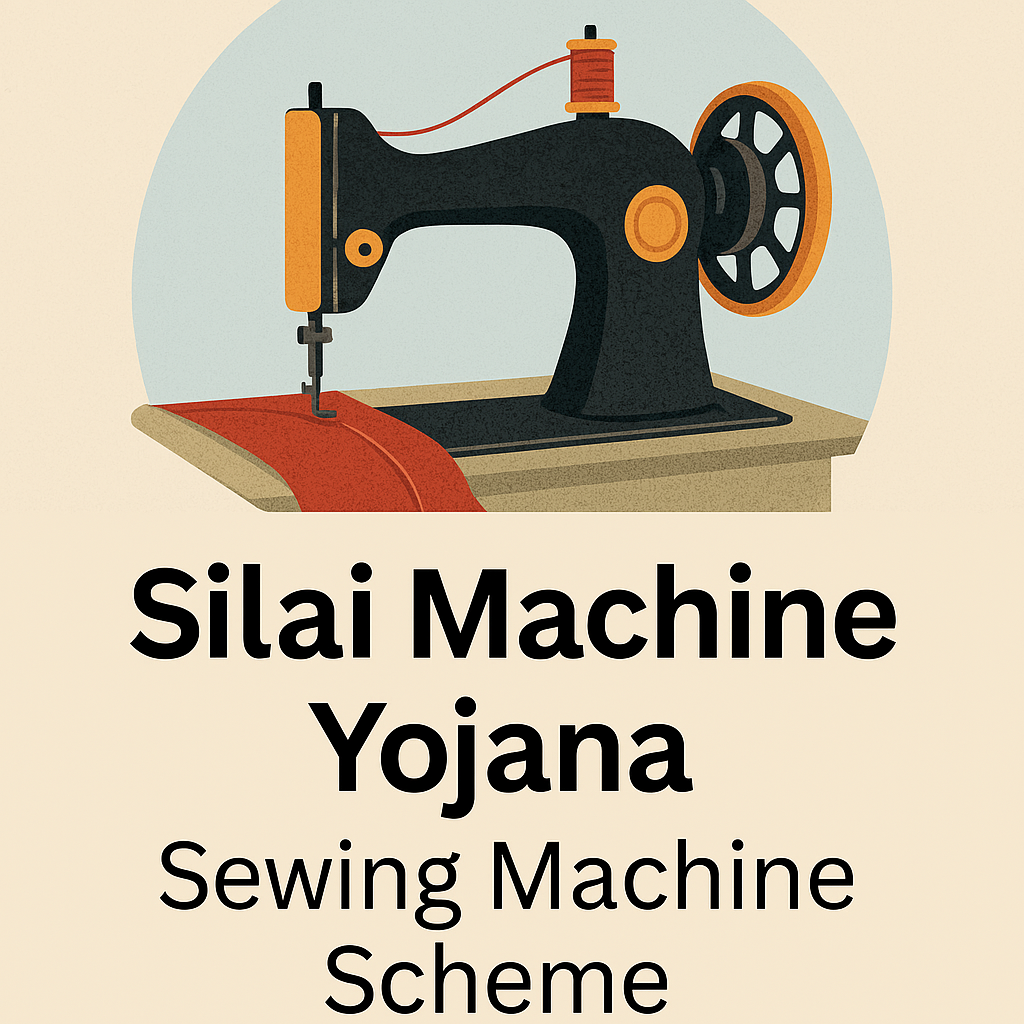
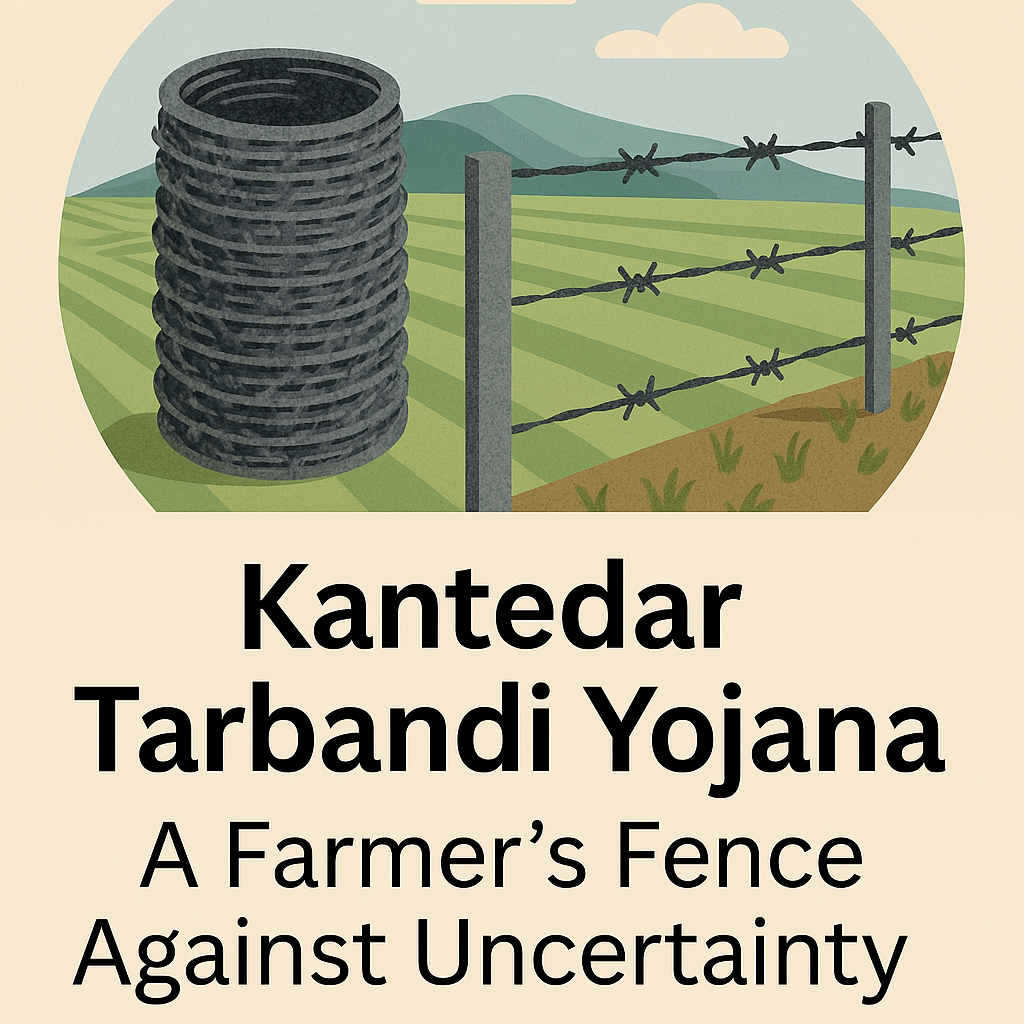
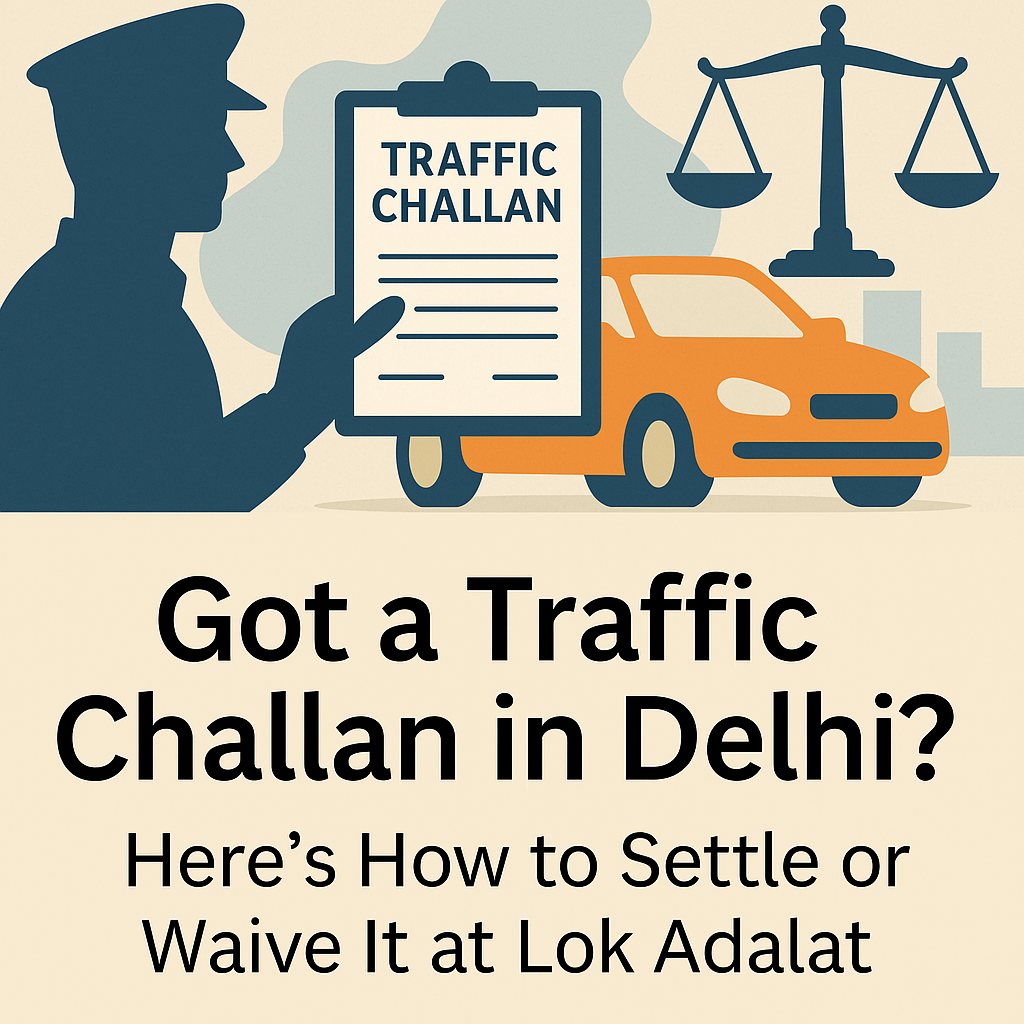
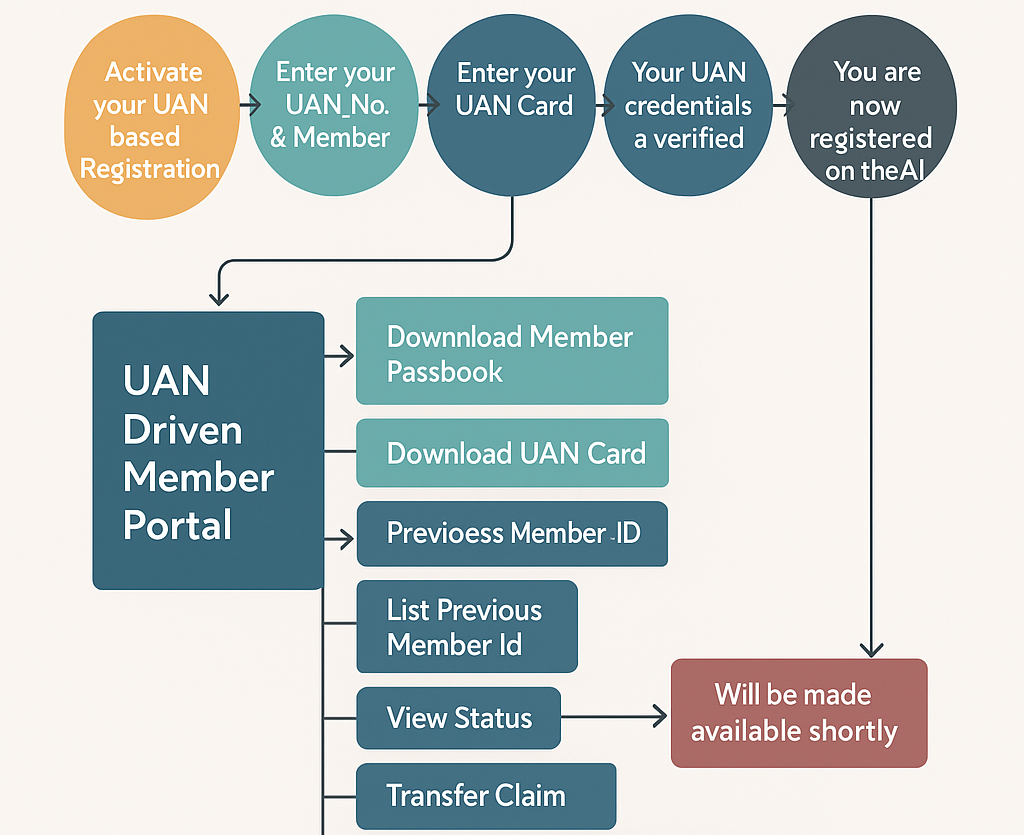

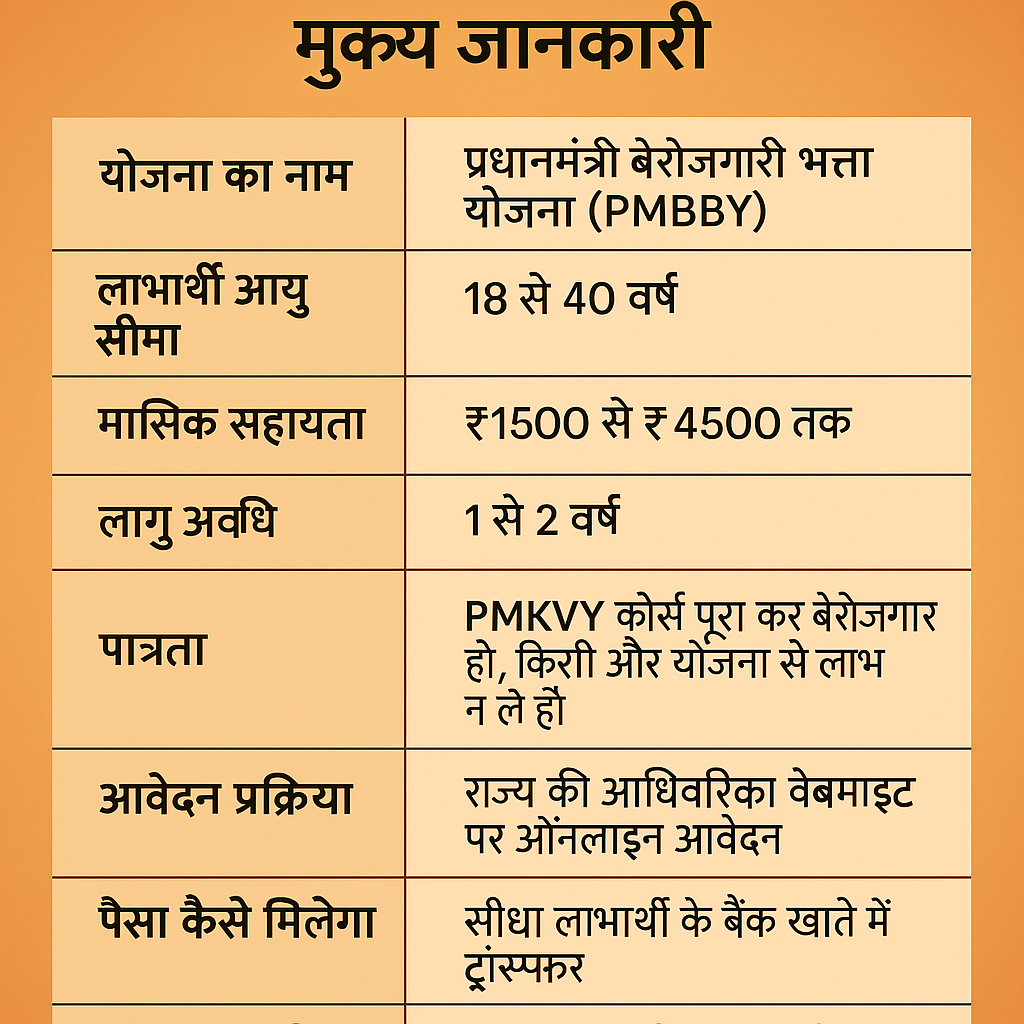
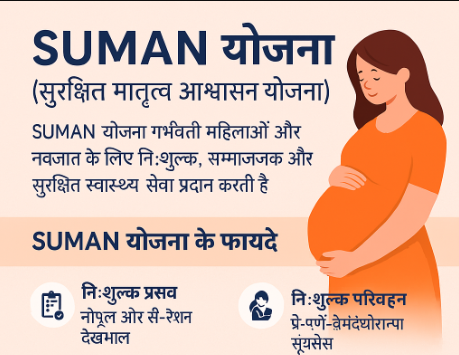
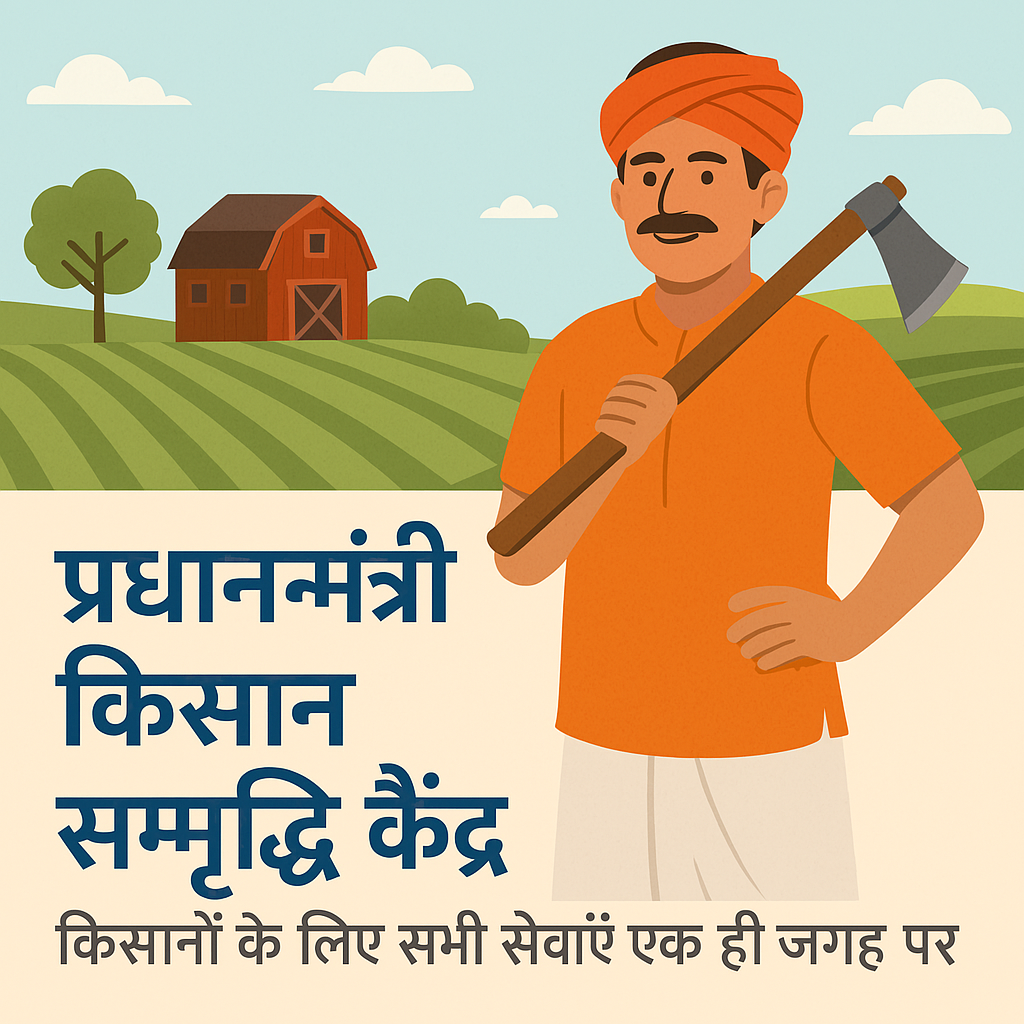

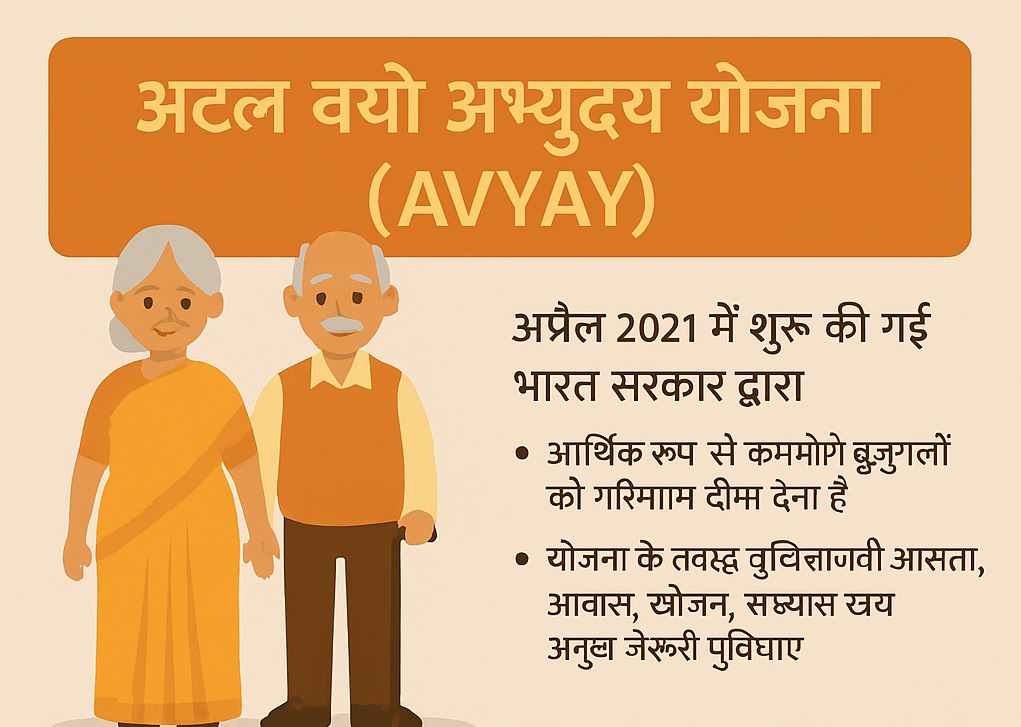


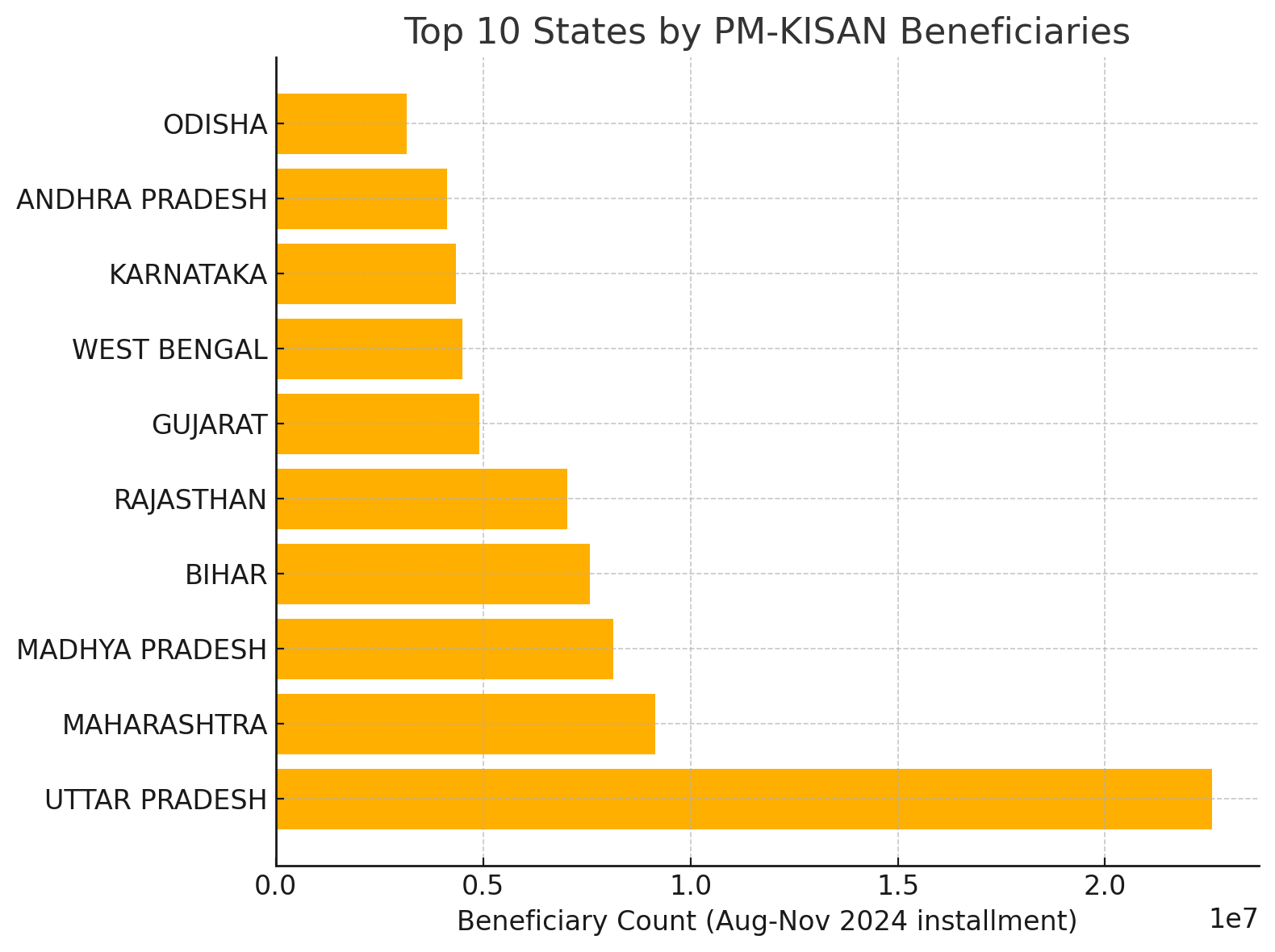
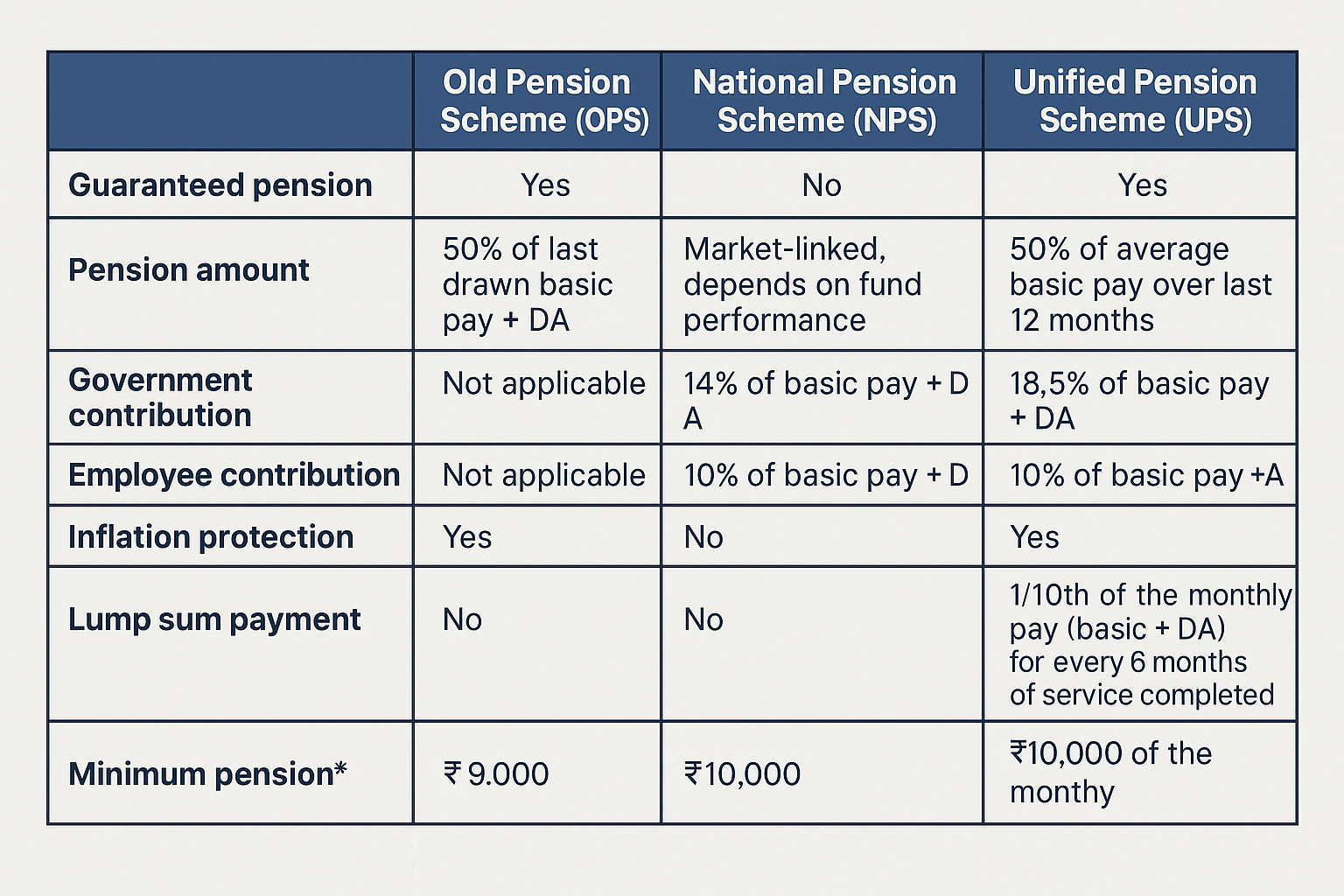










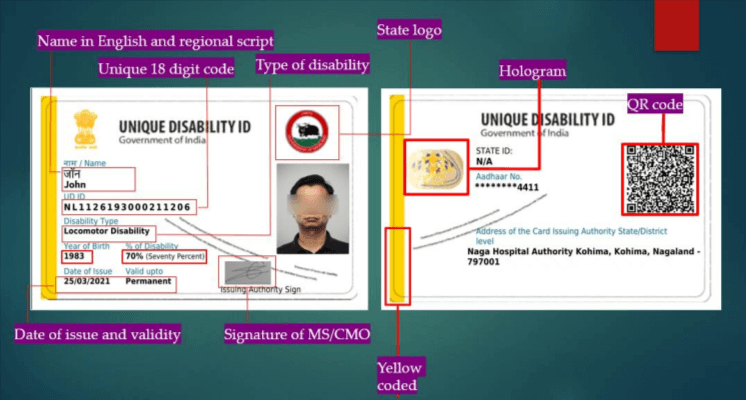
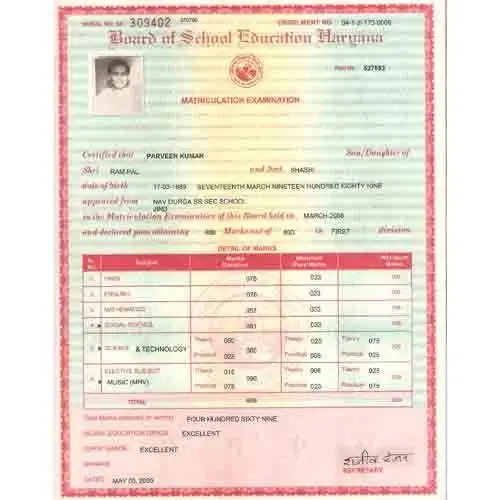




621ep9
7mgmol